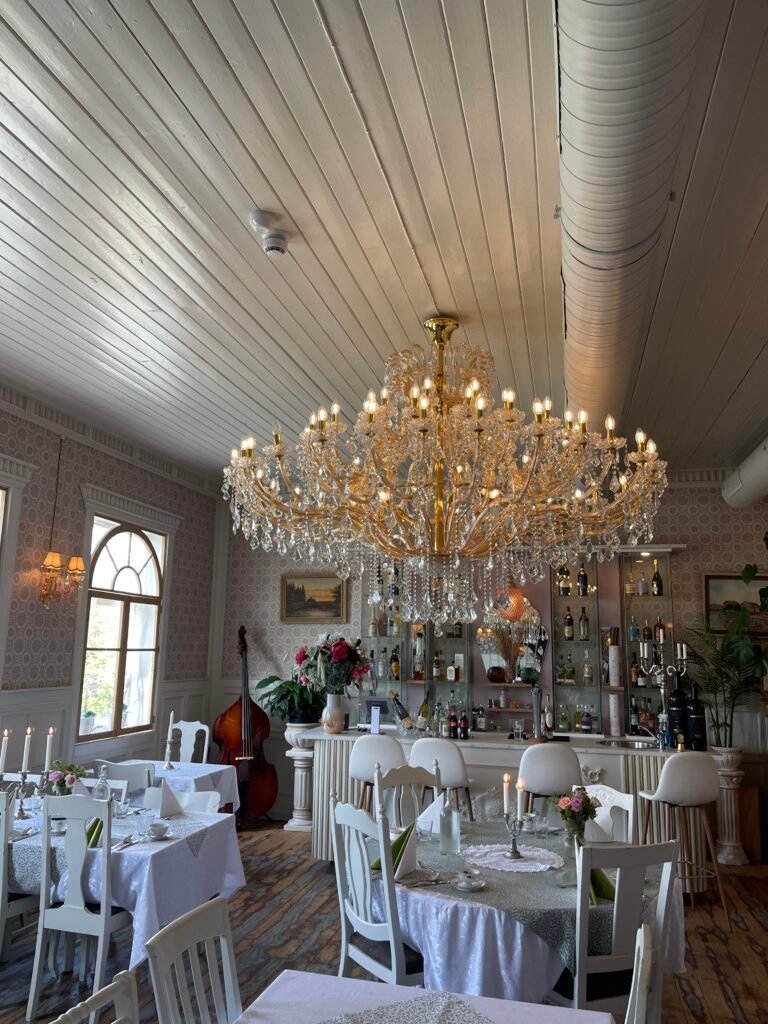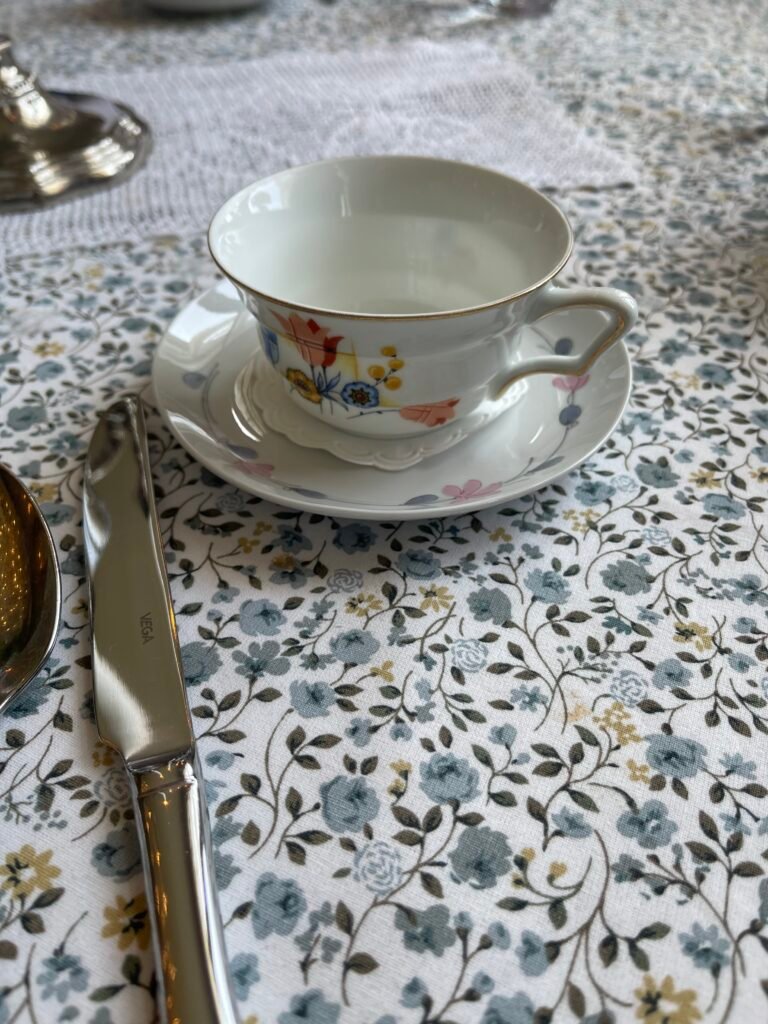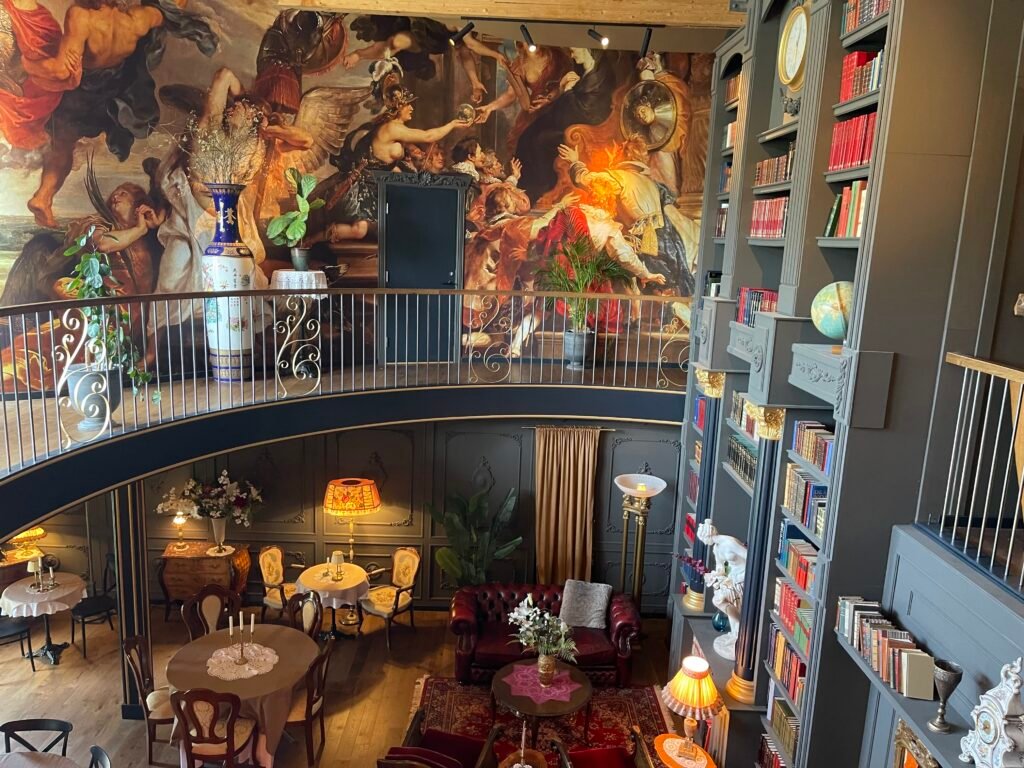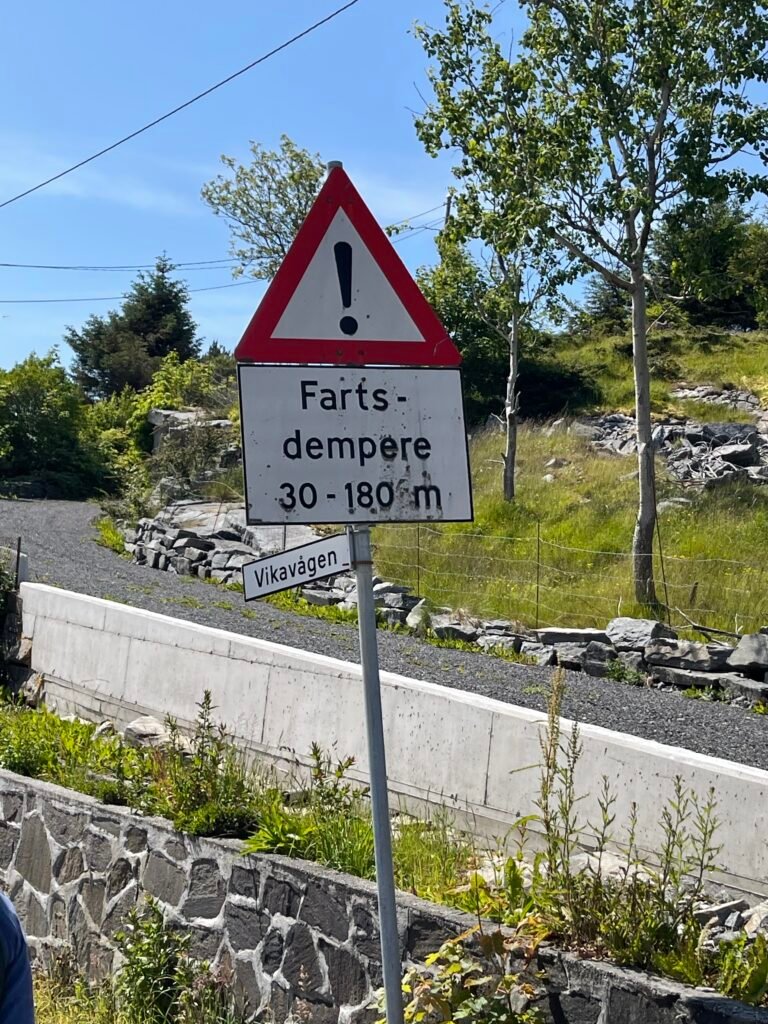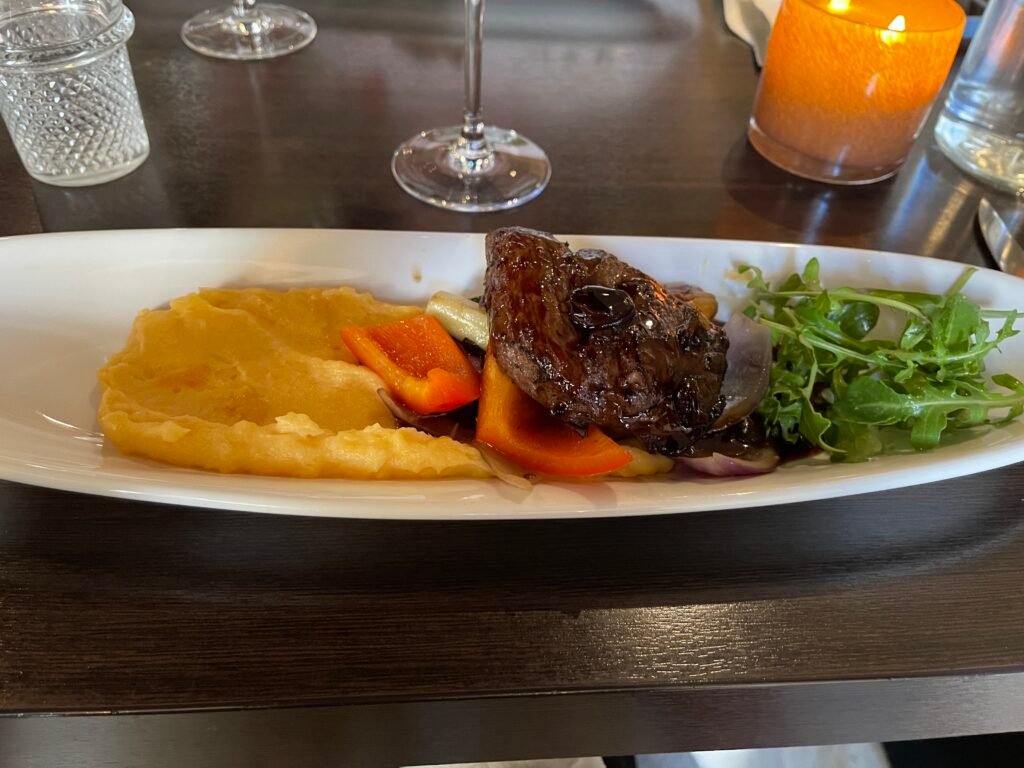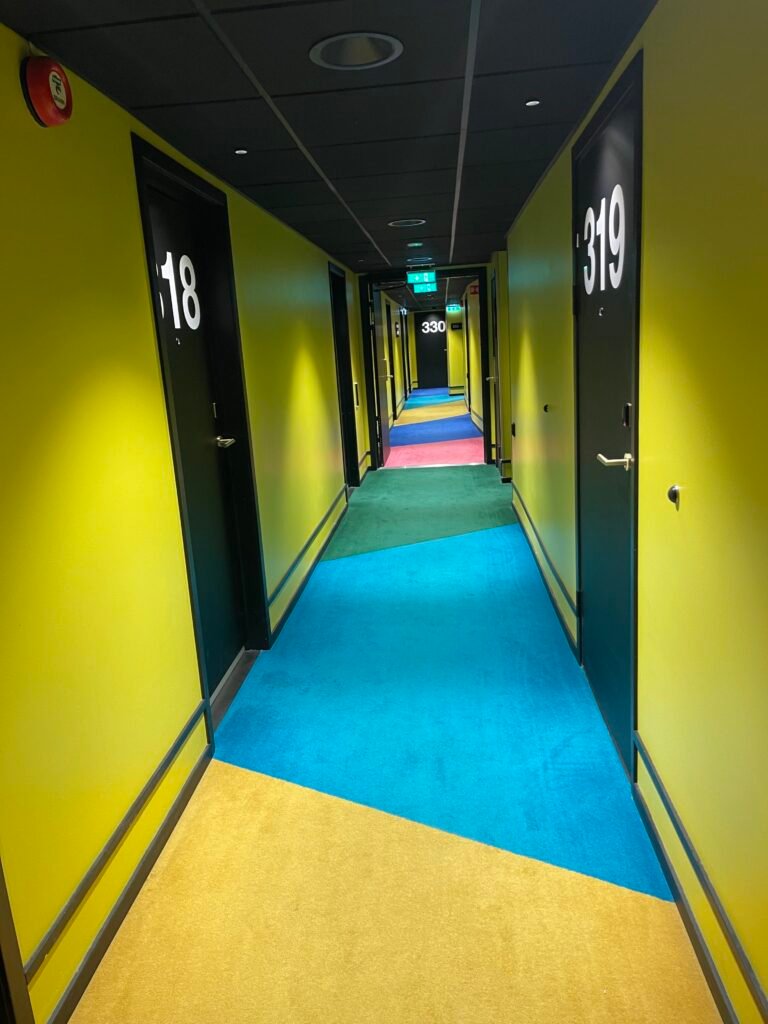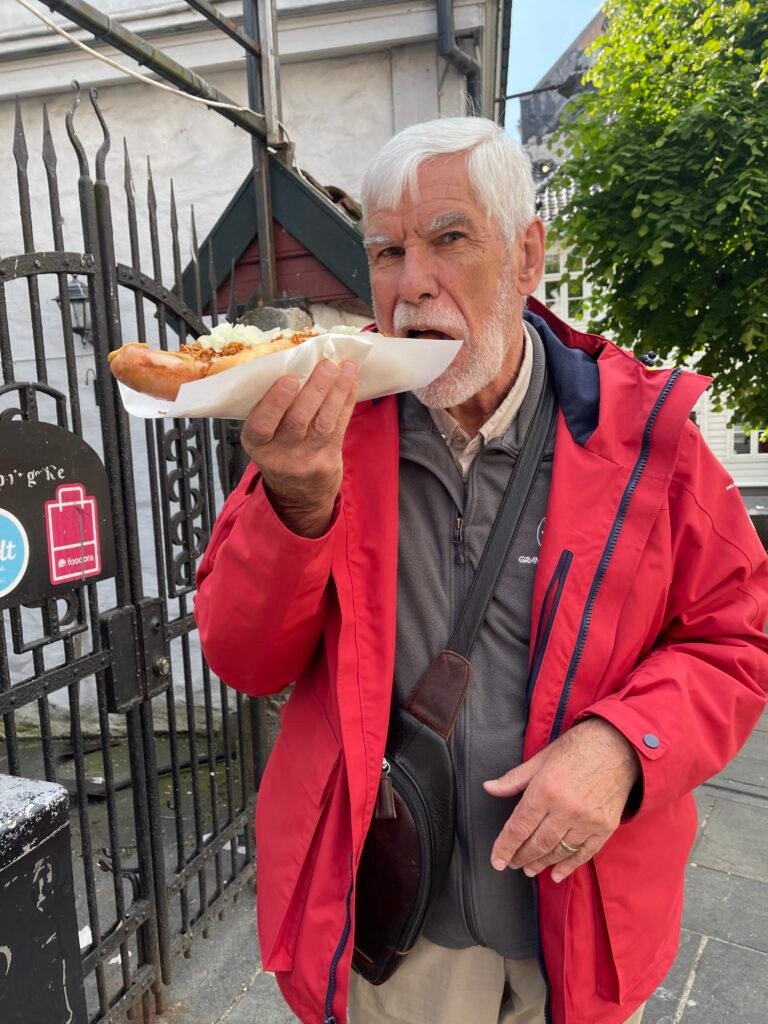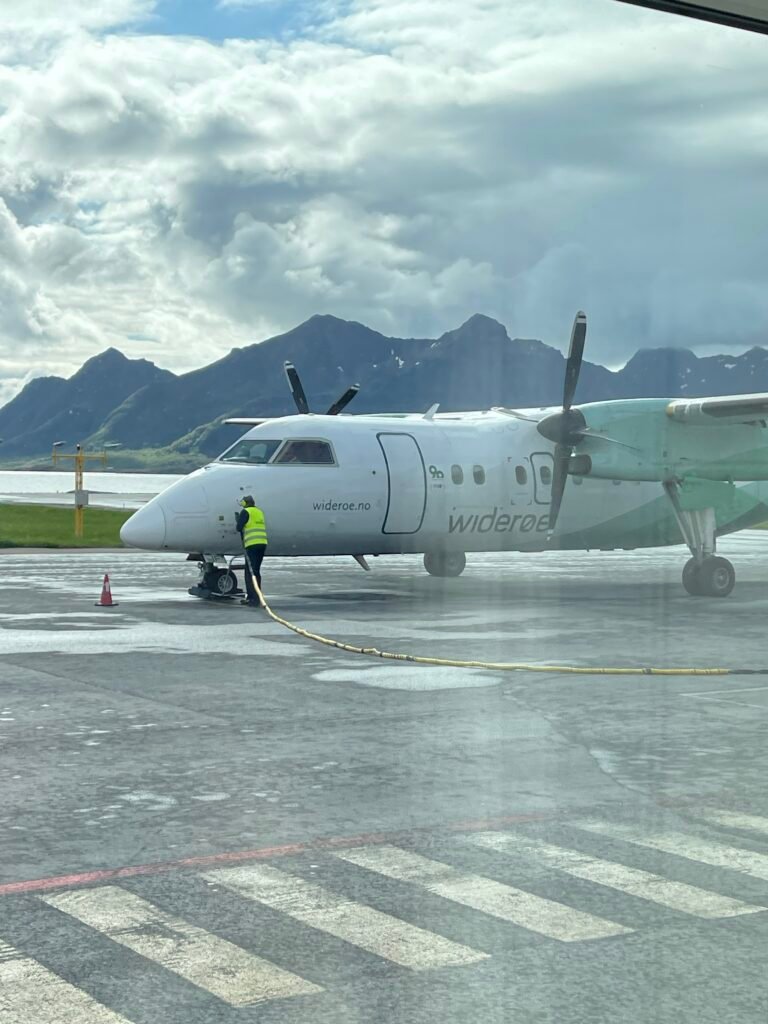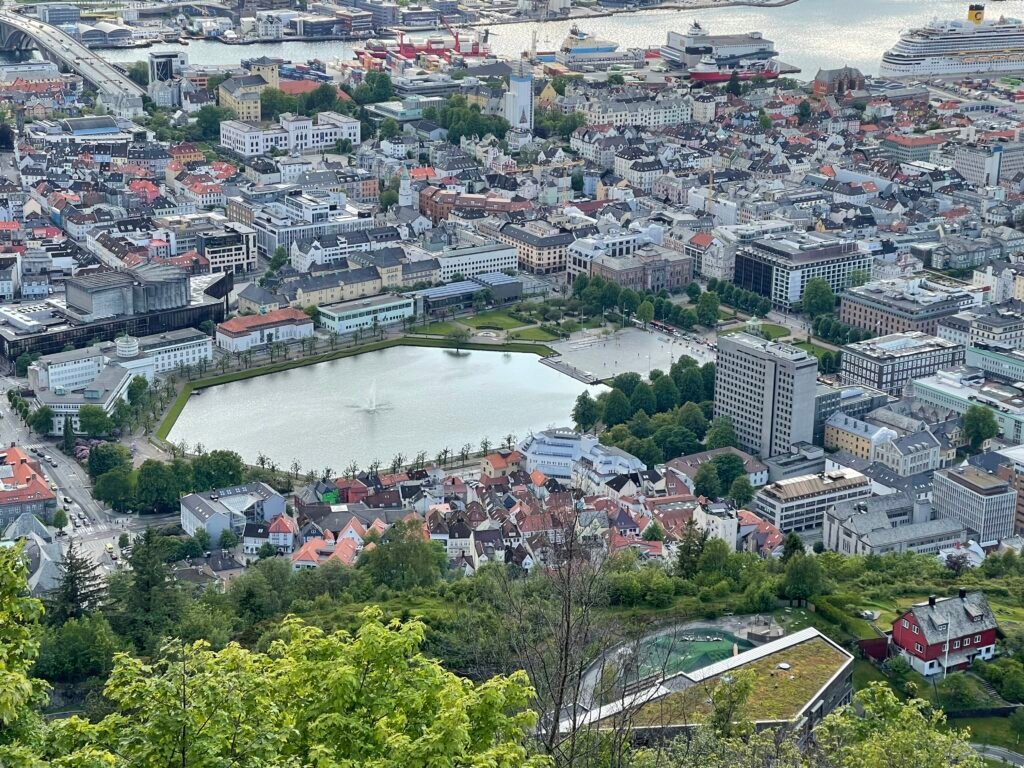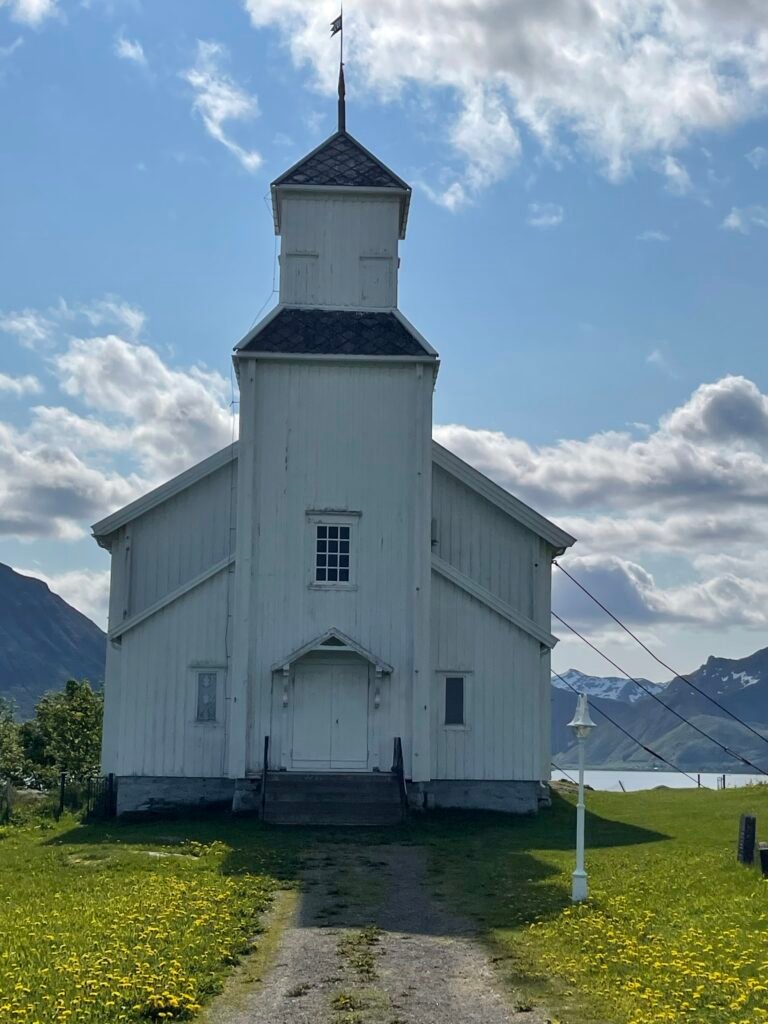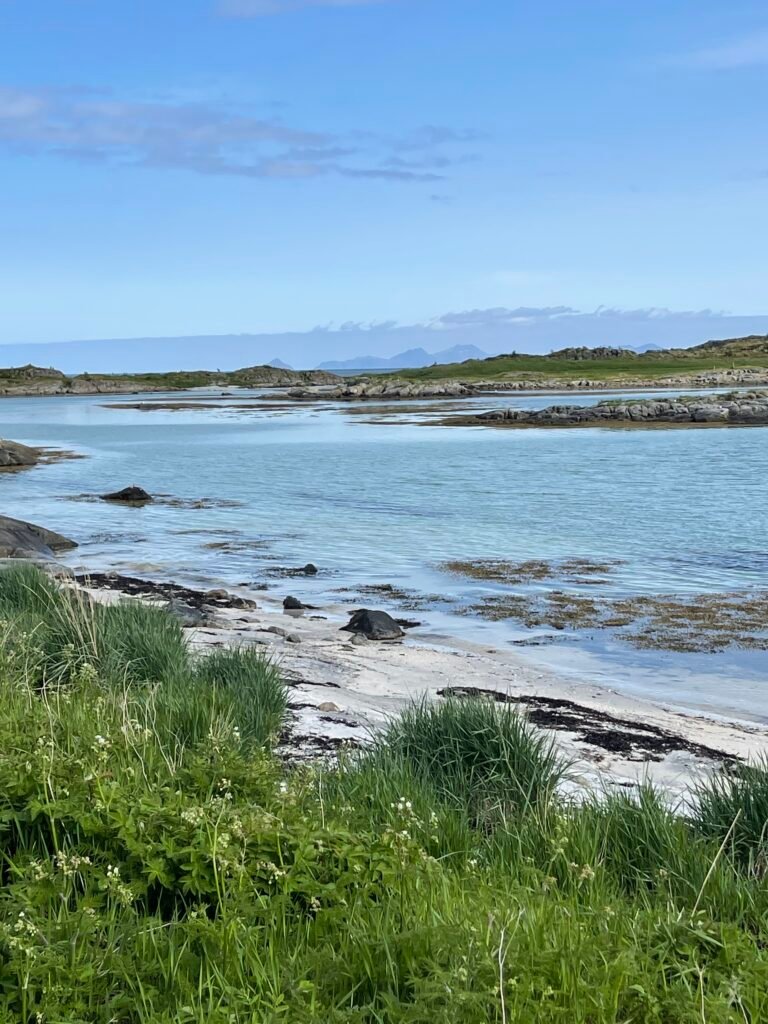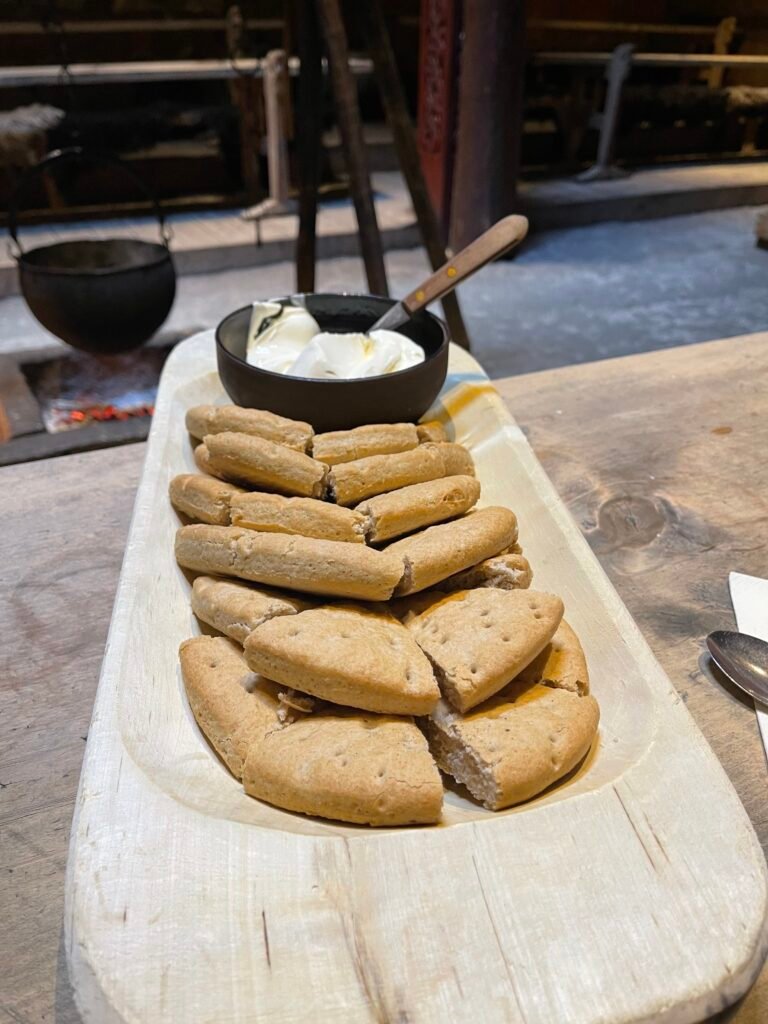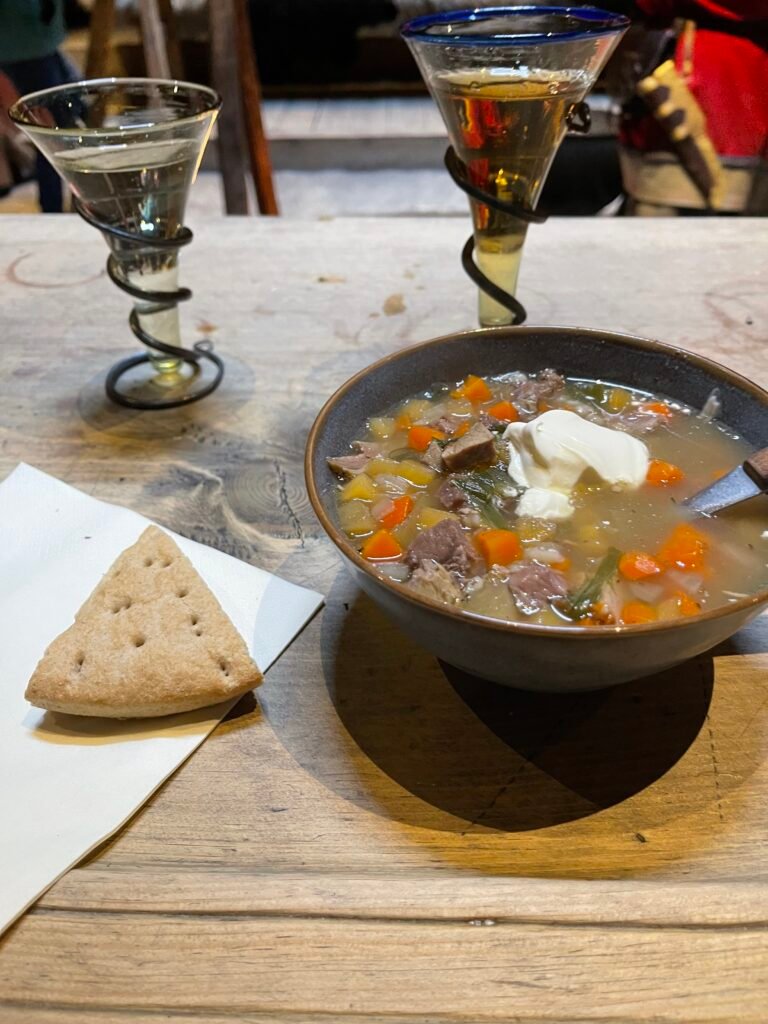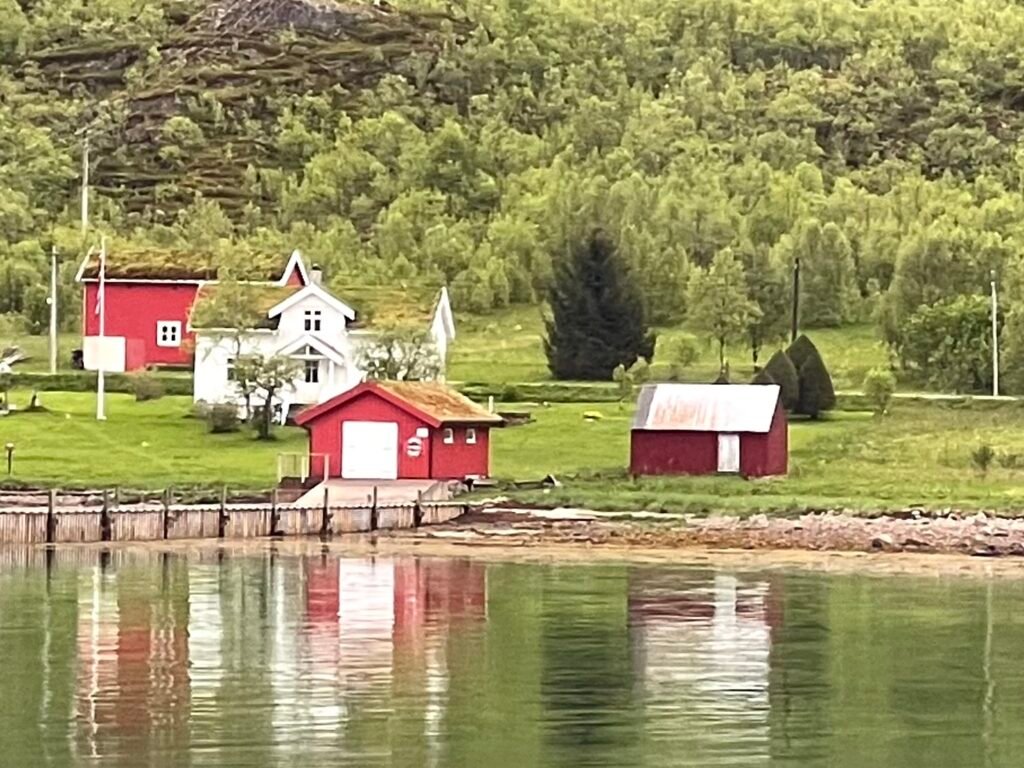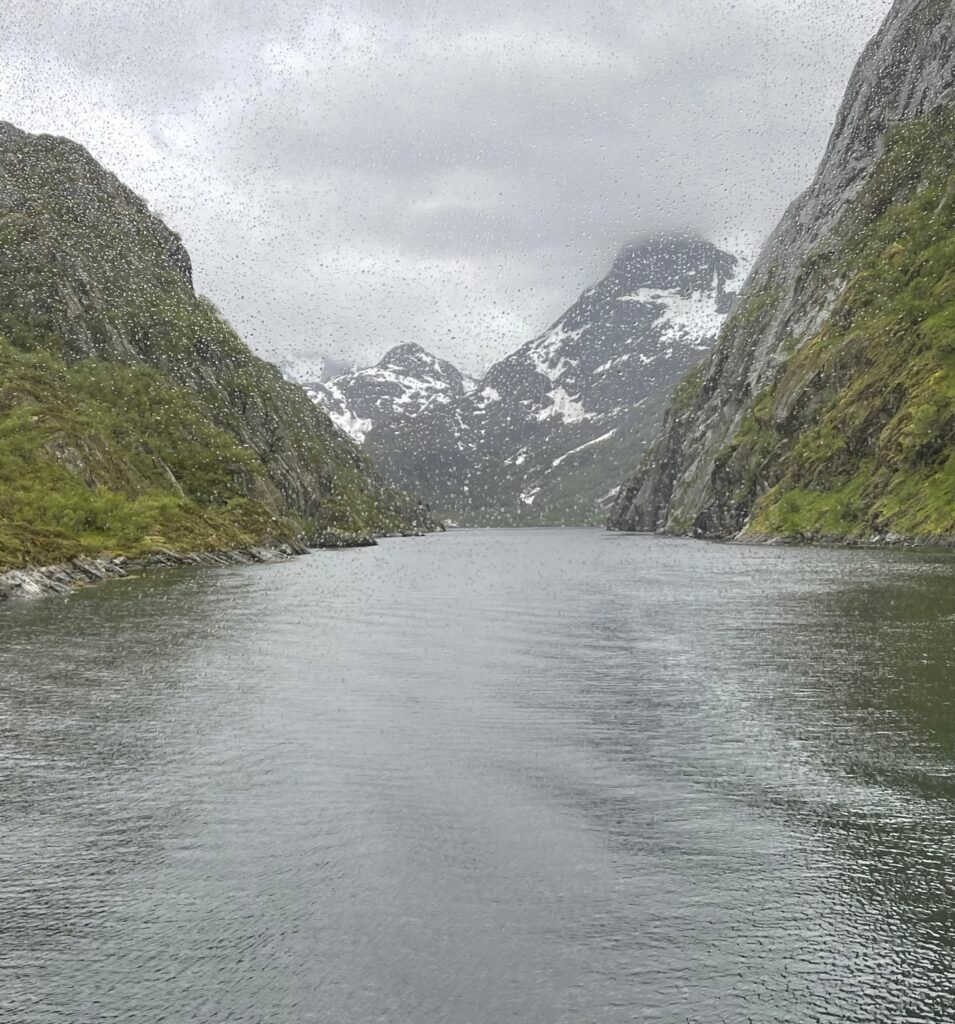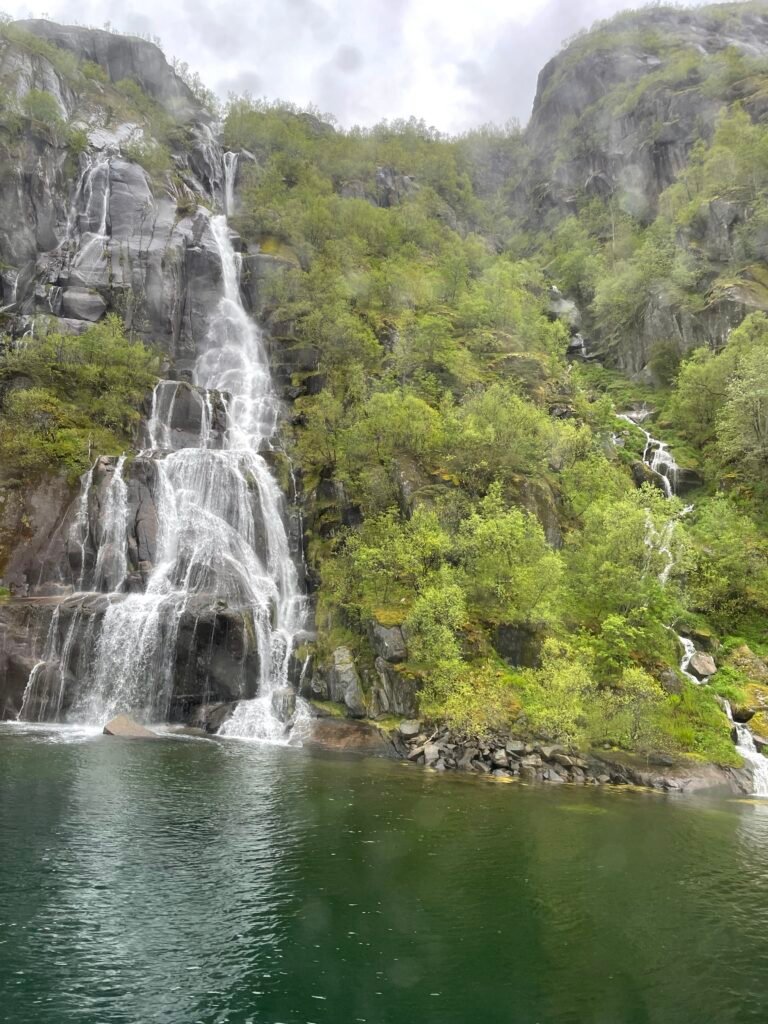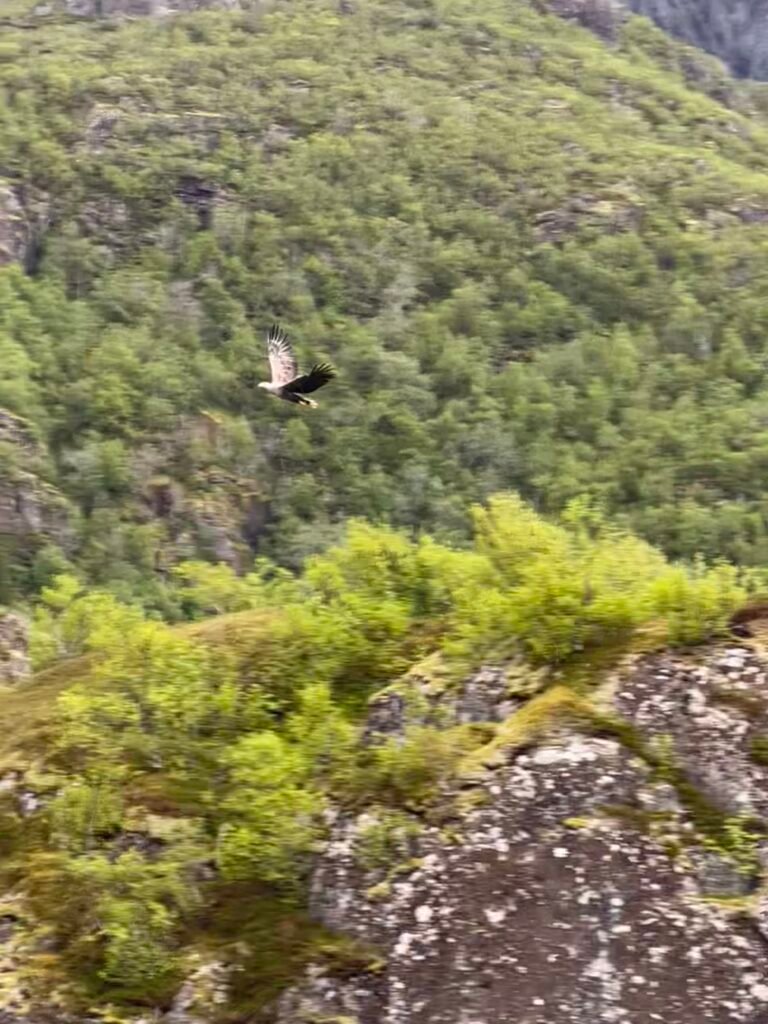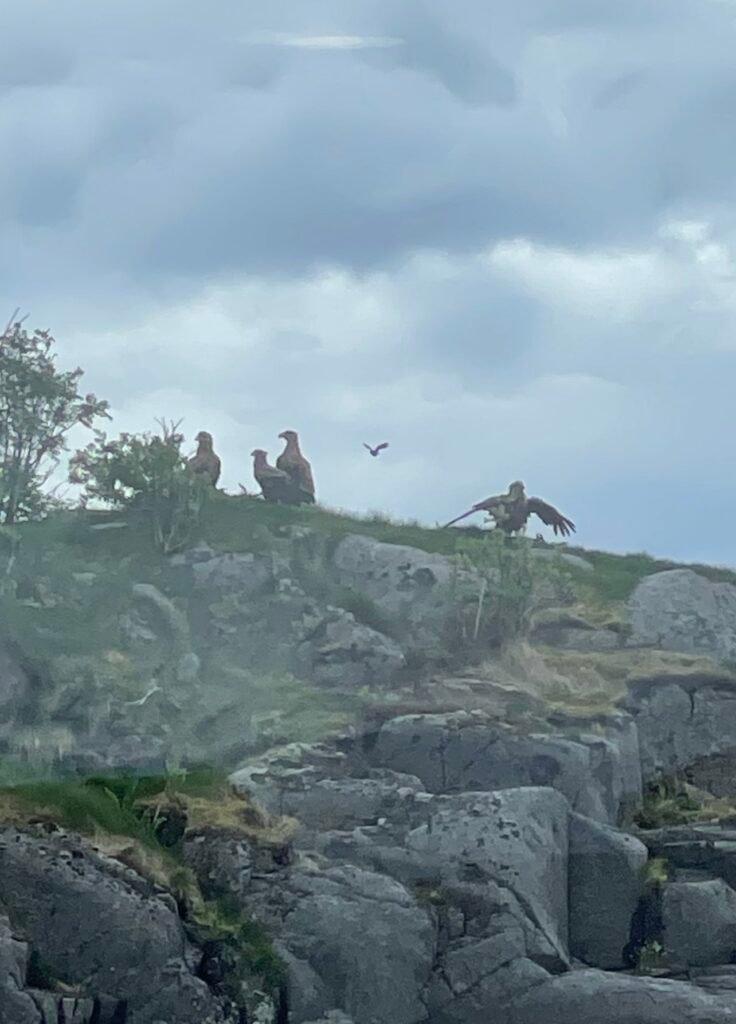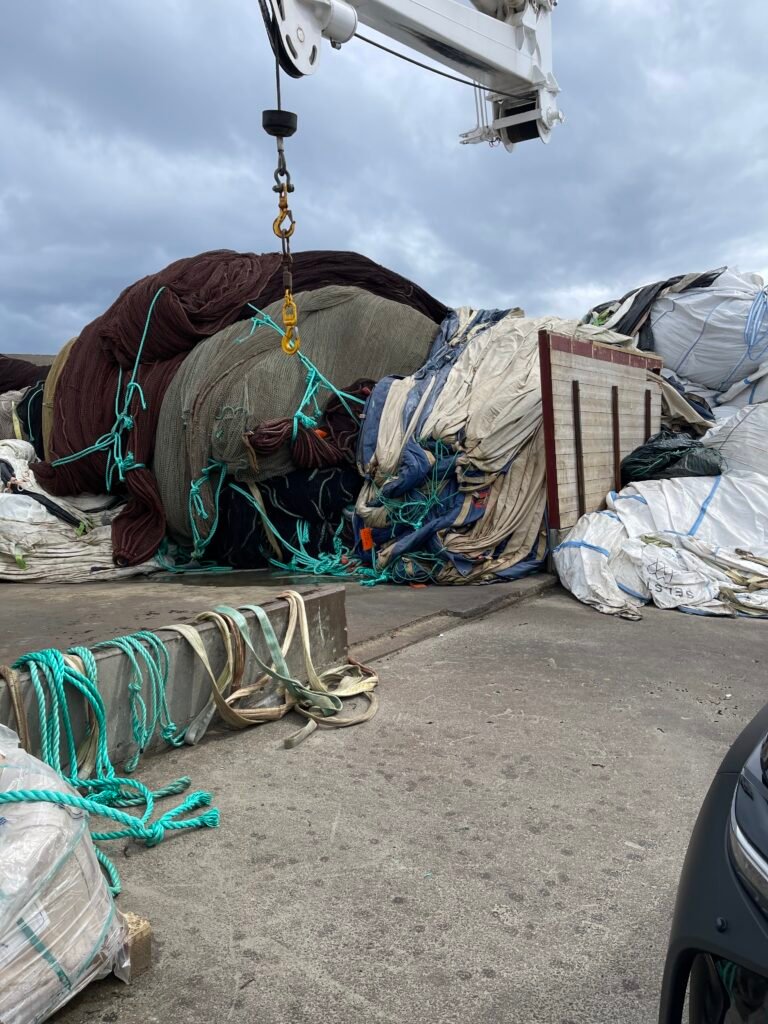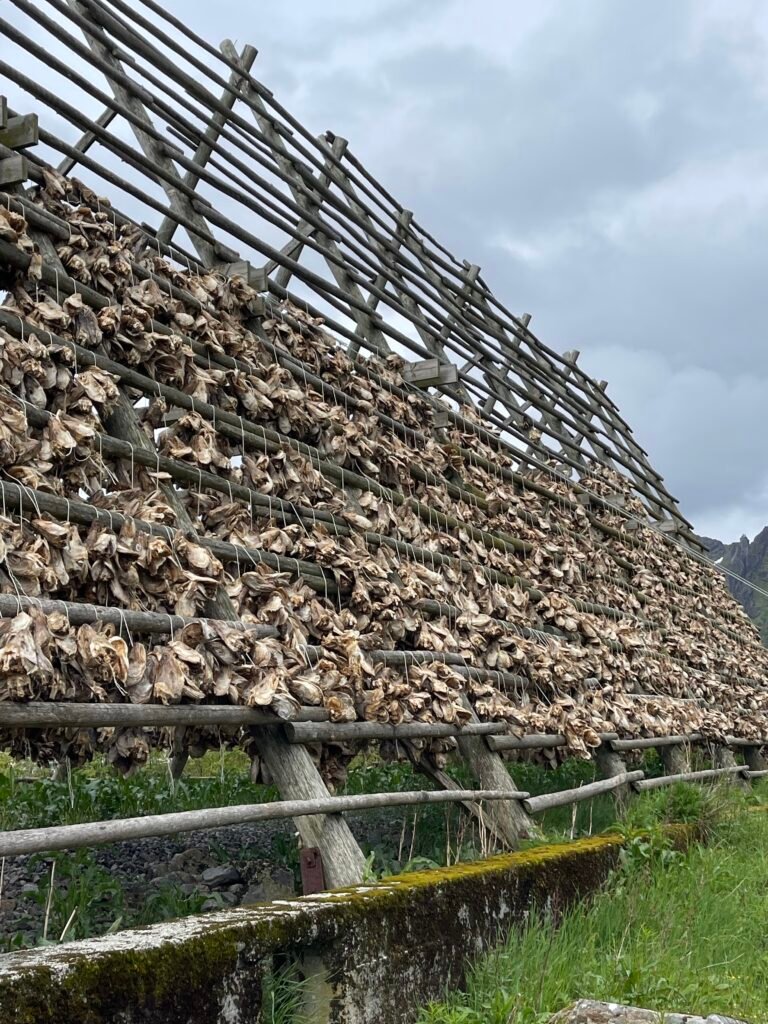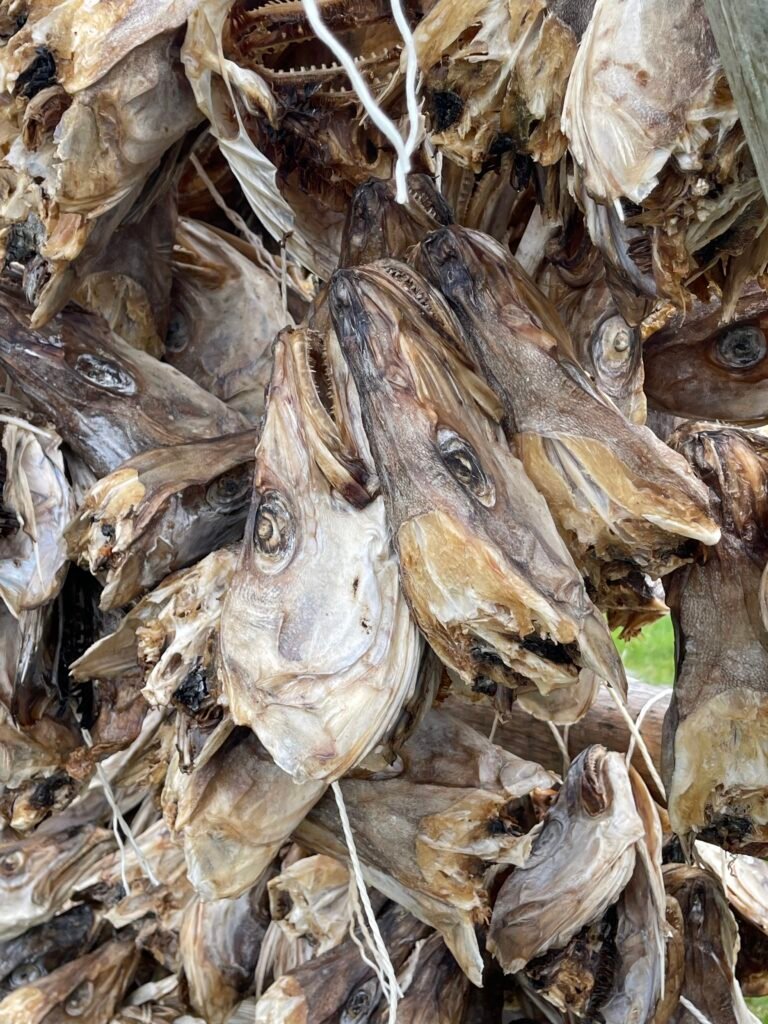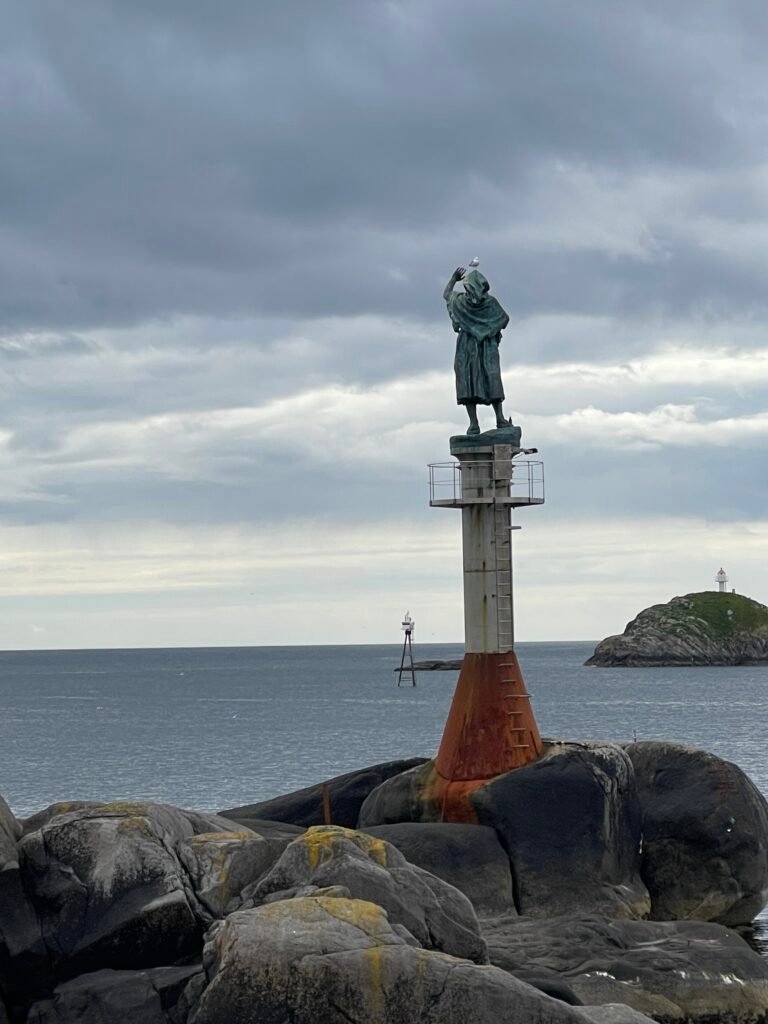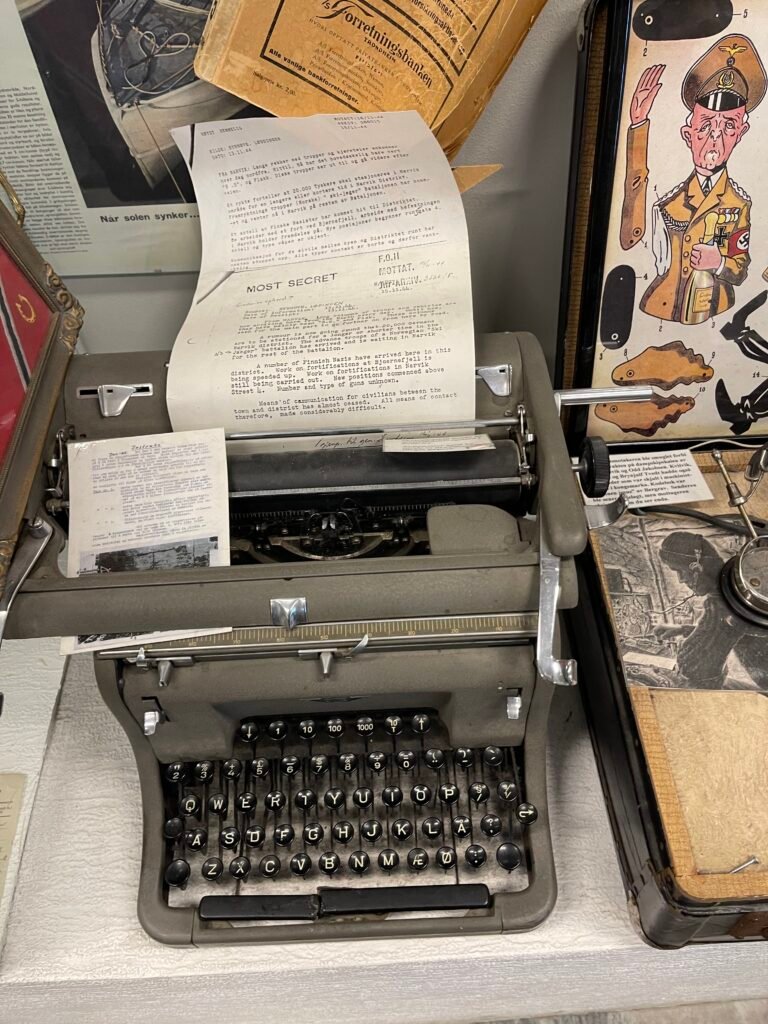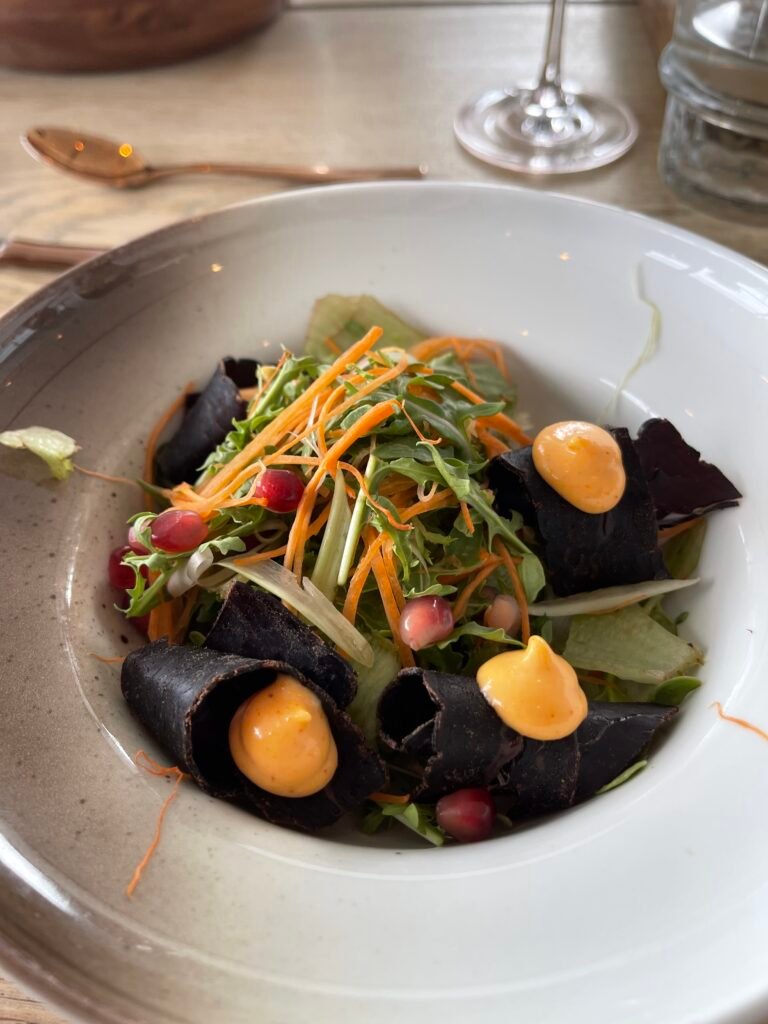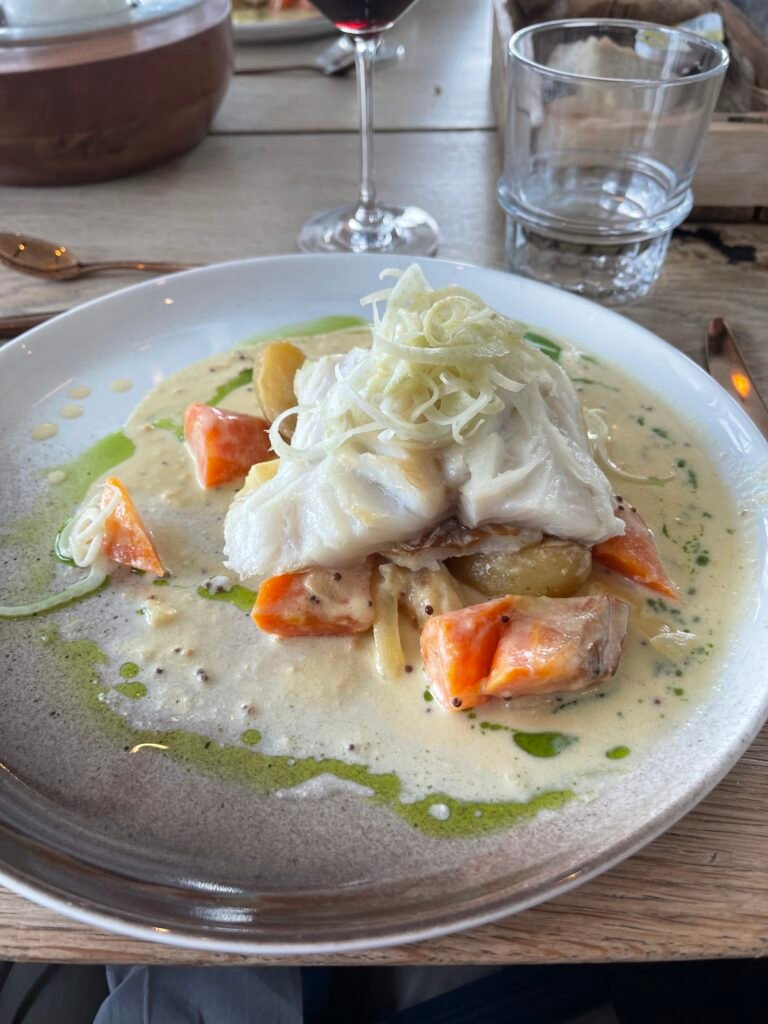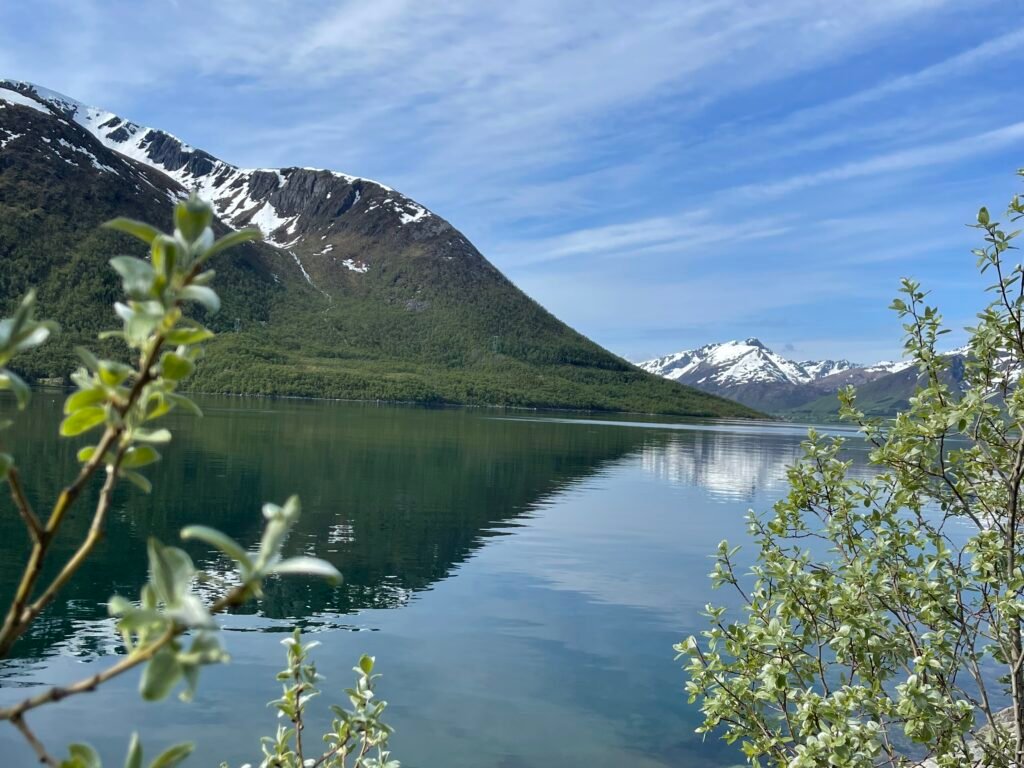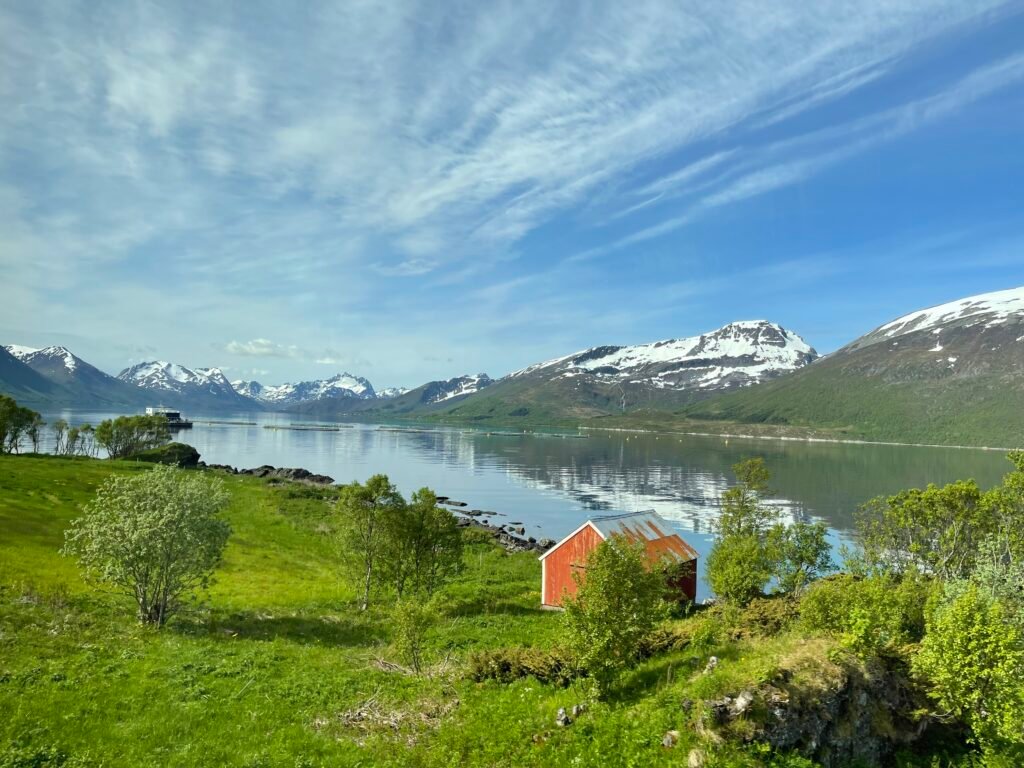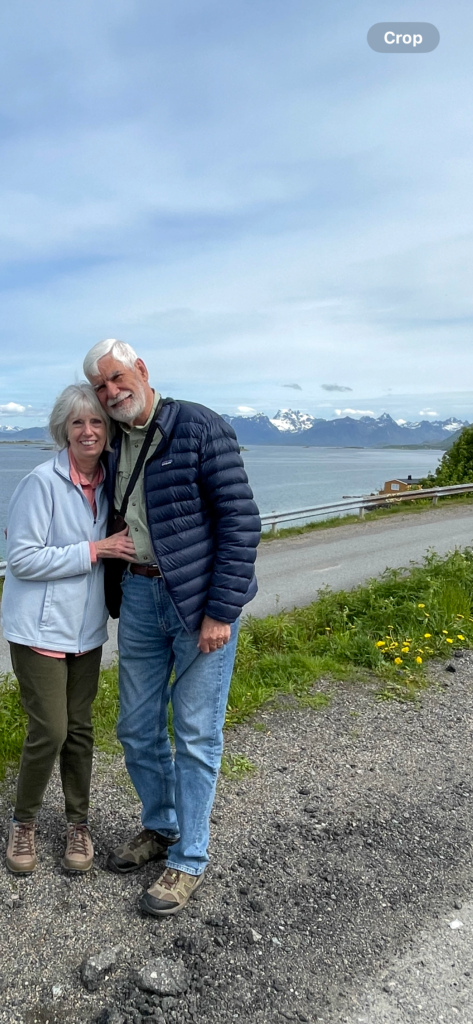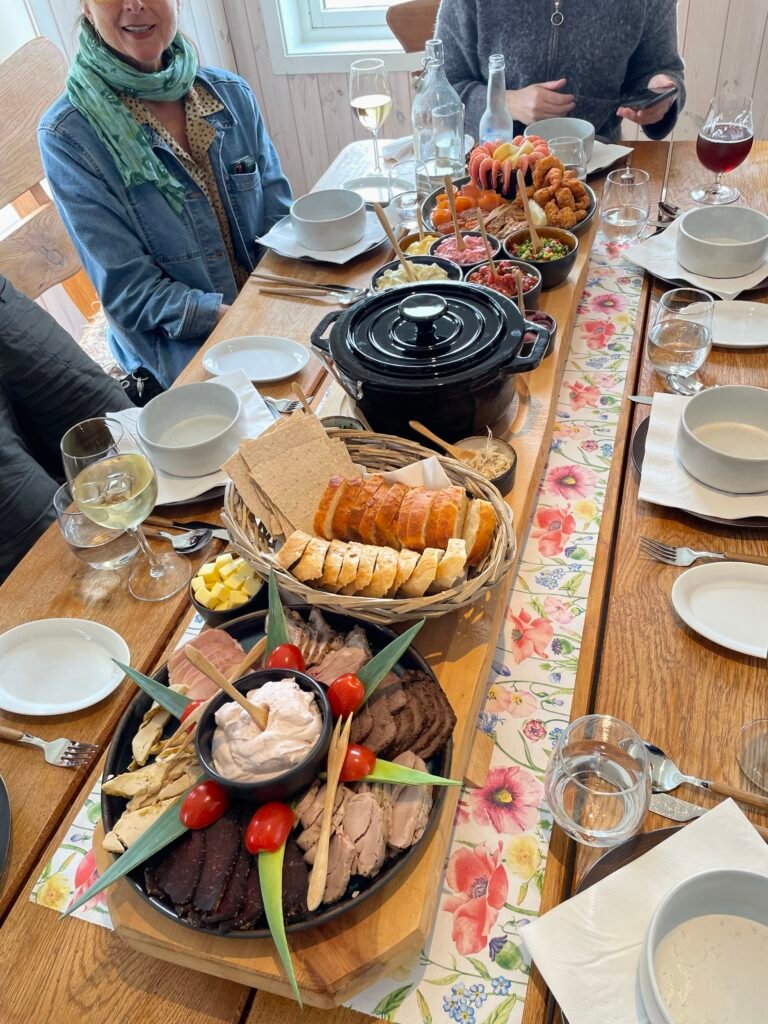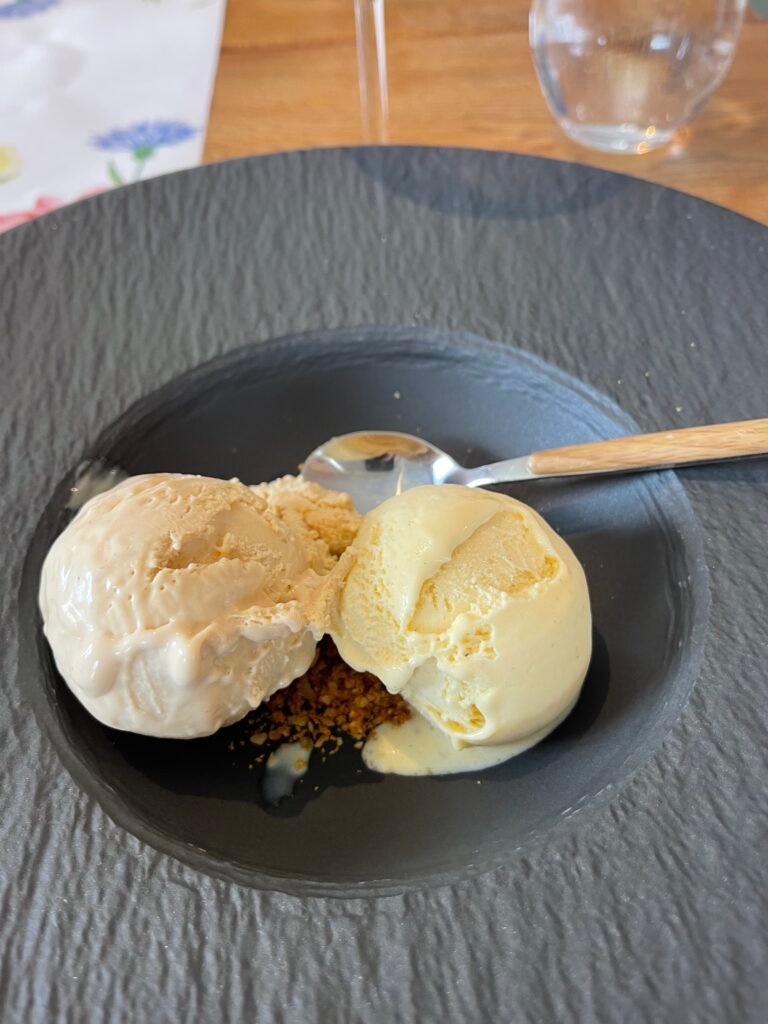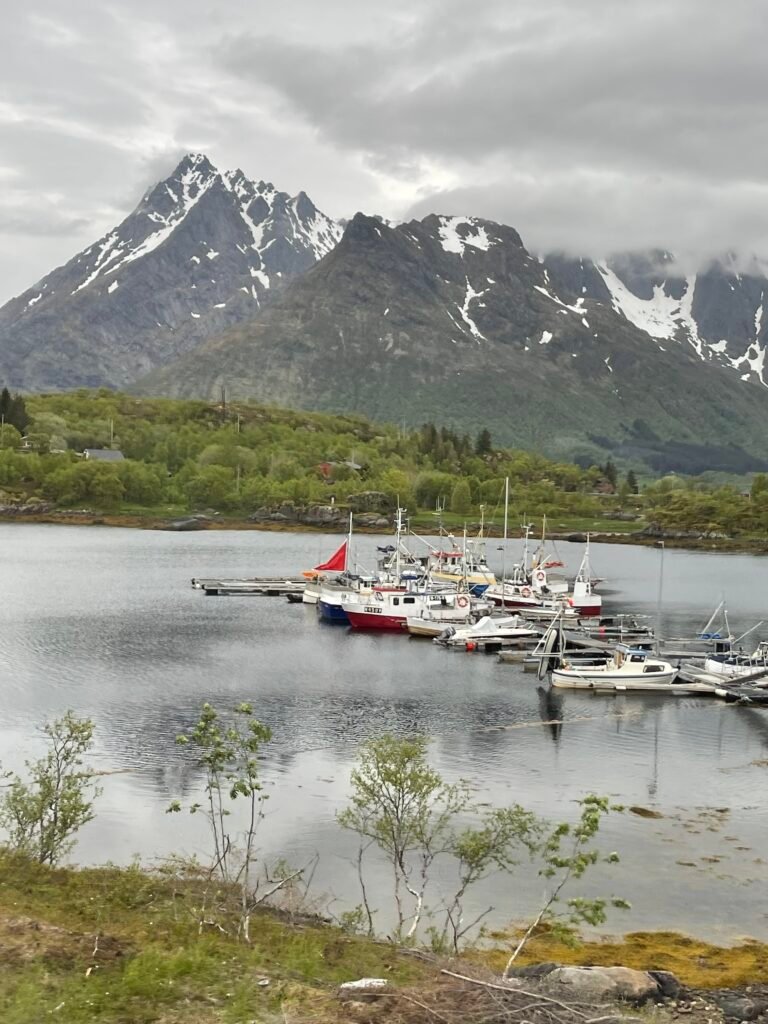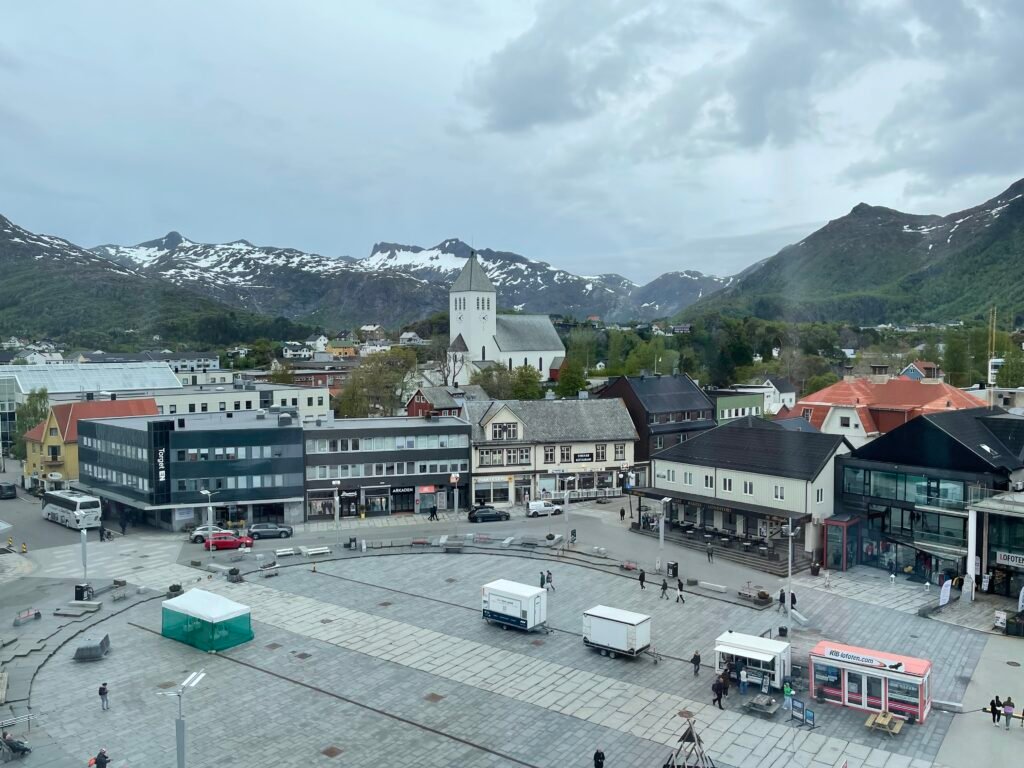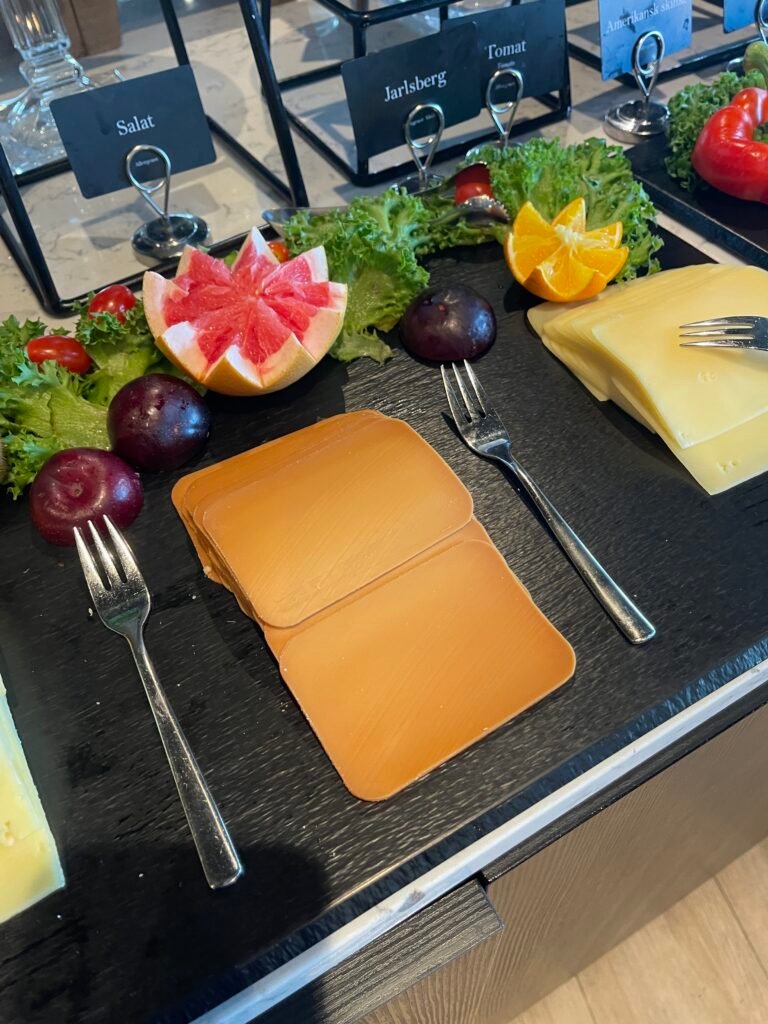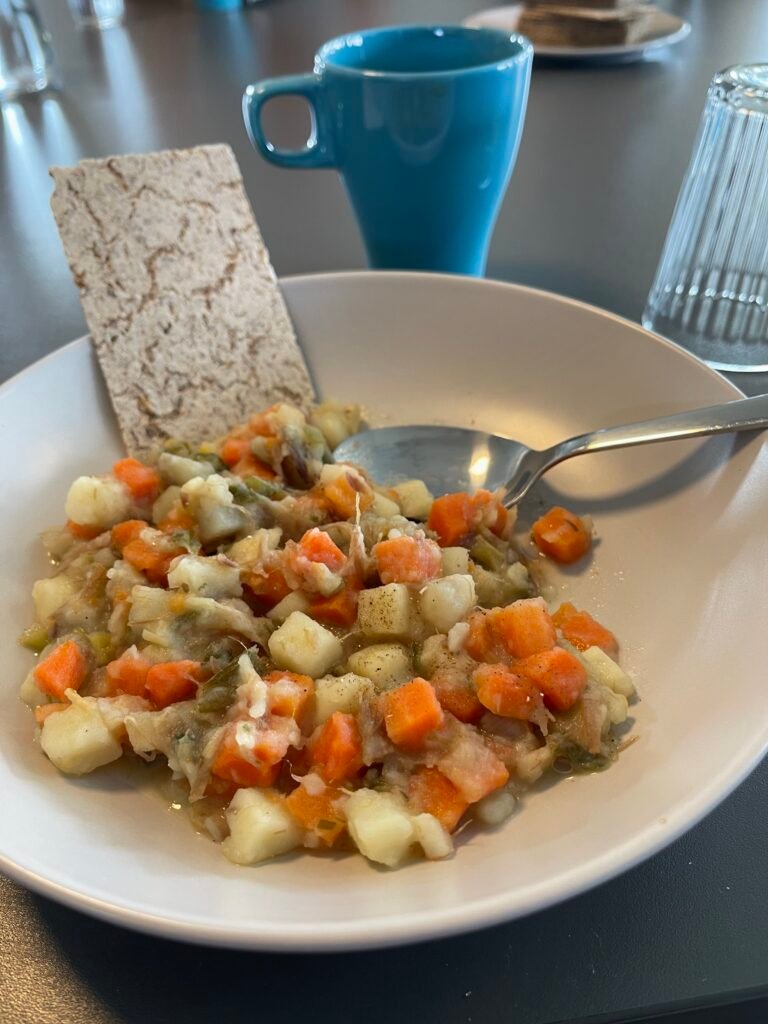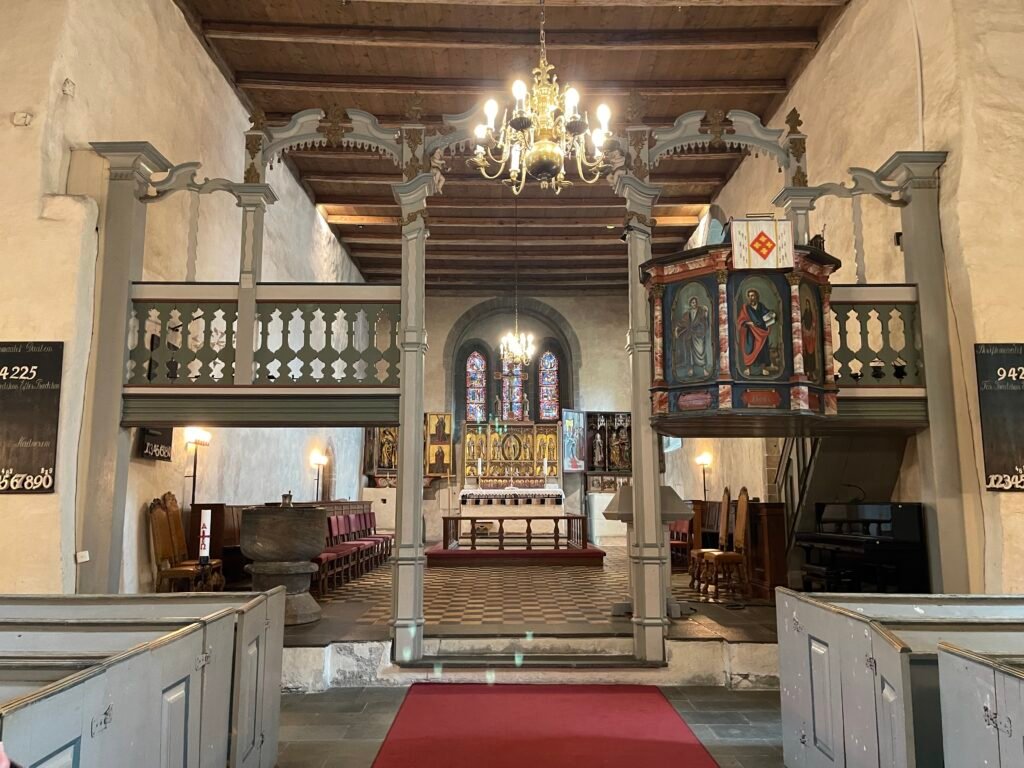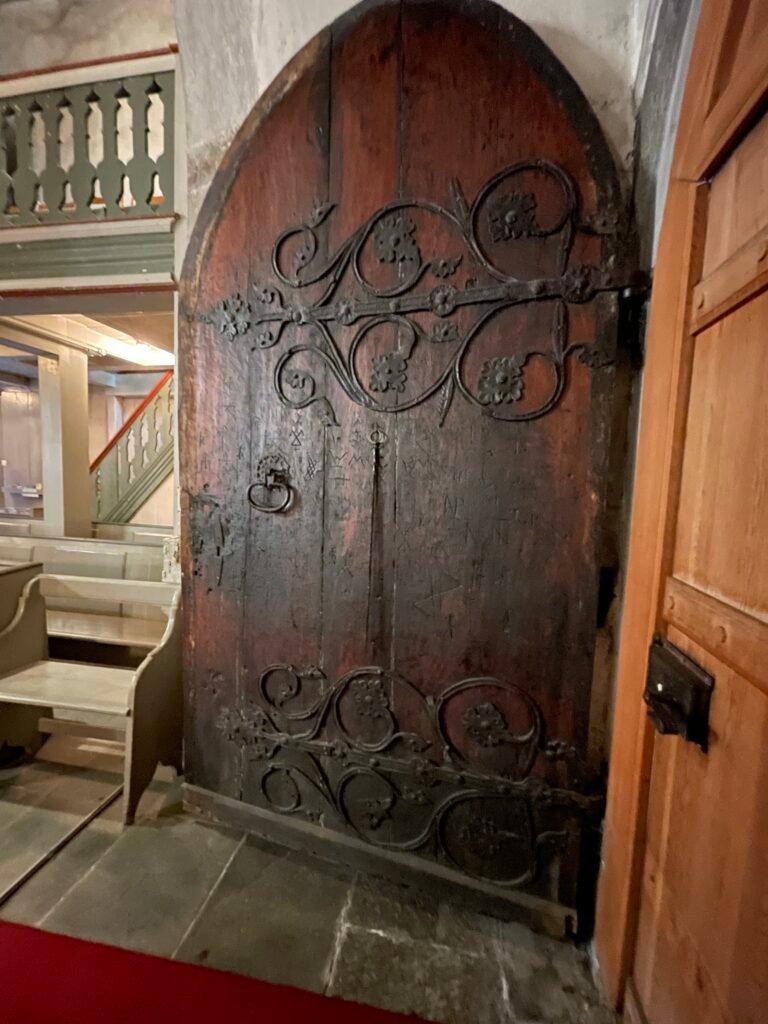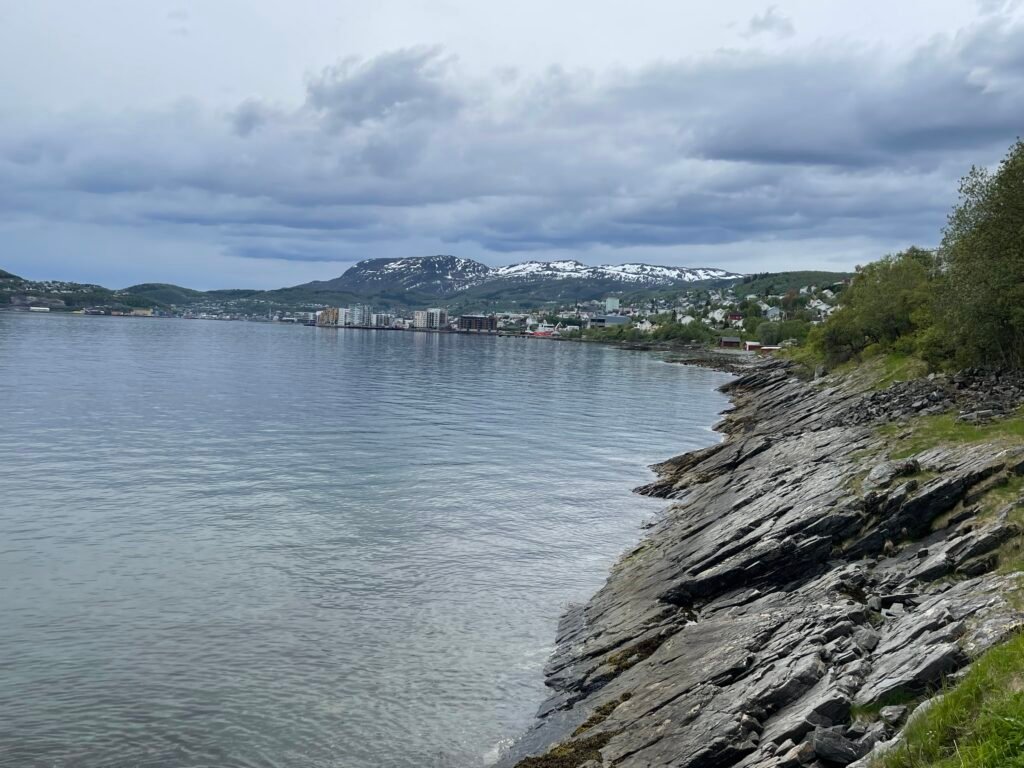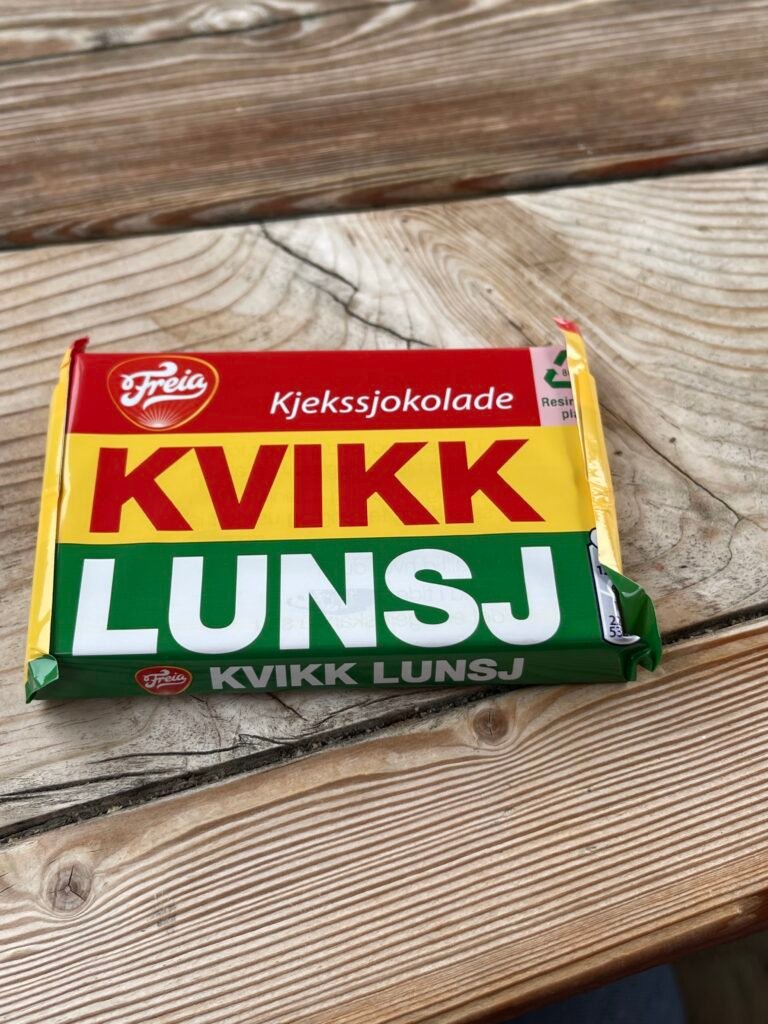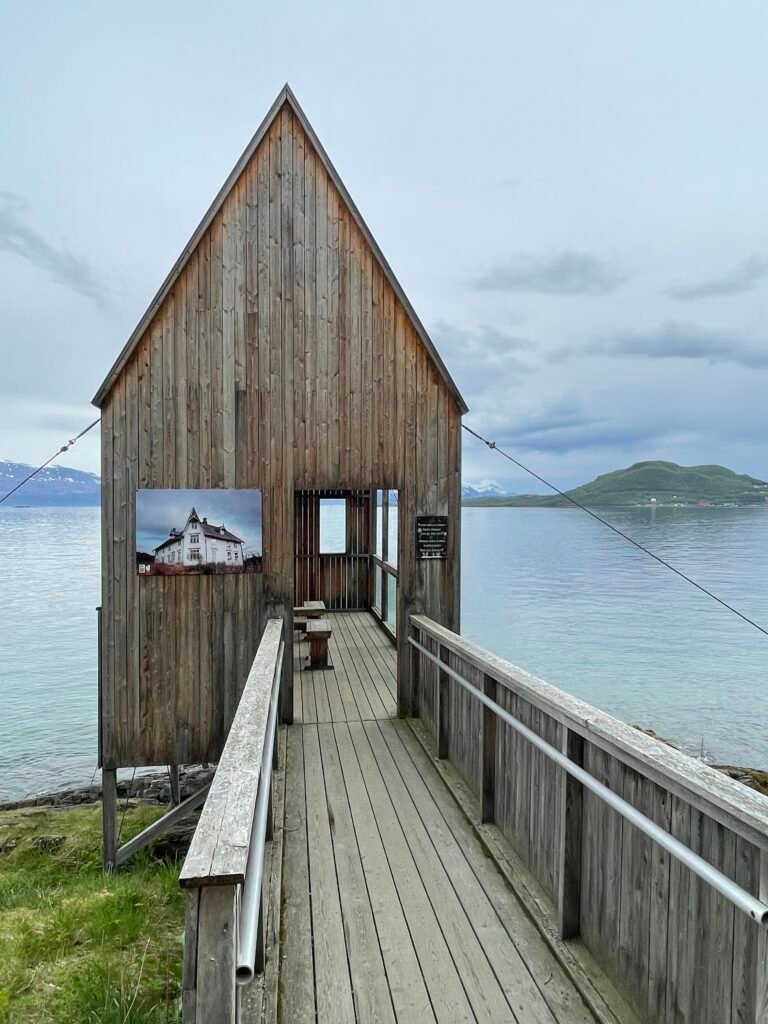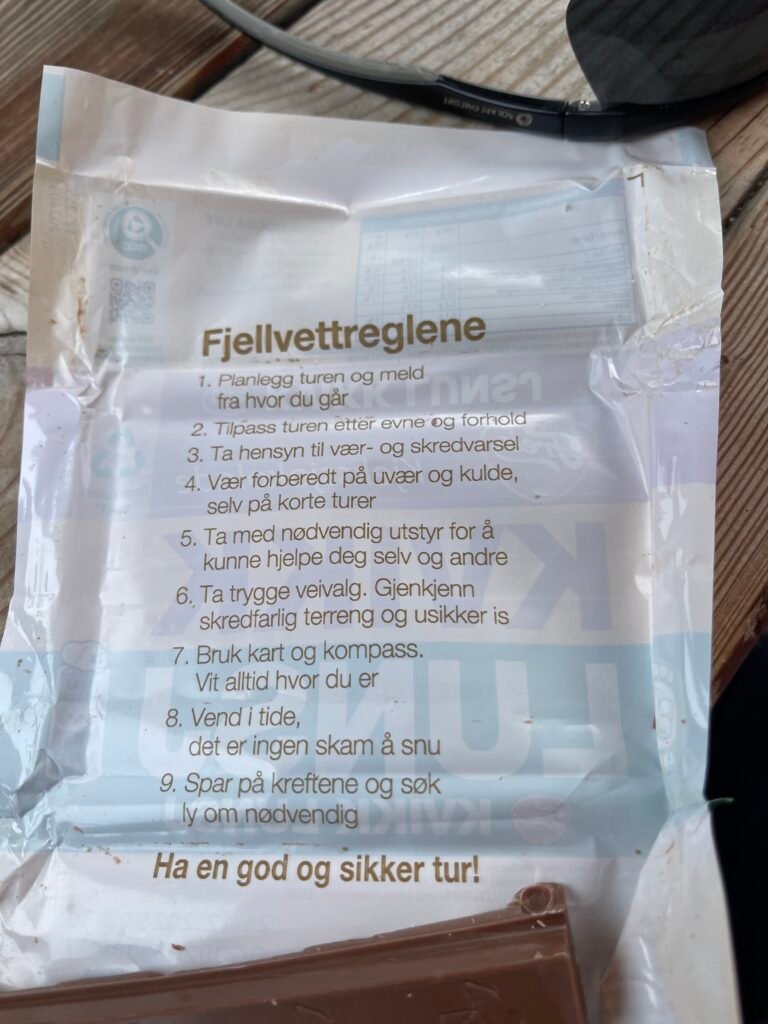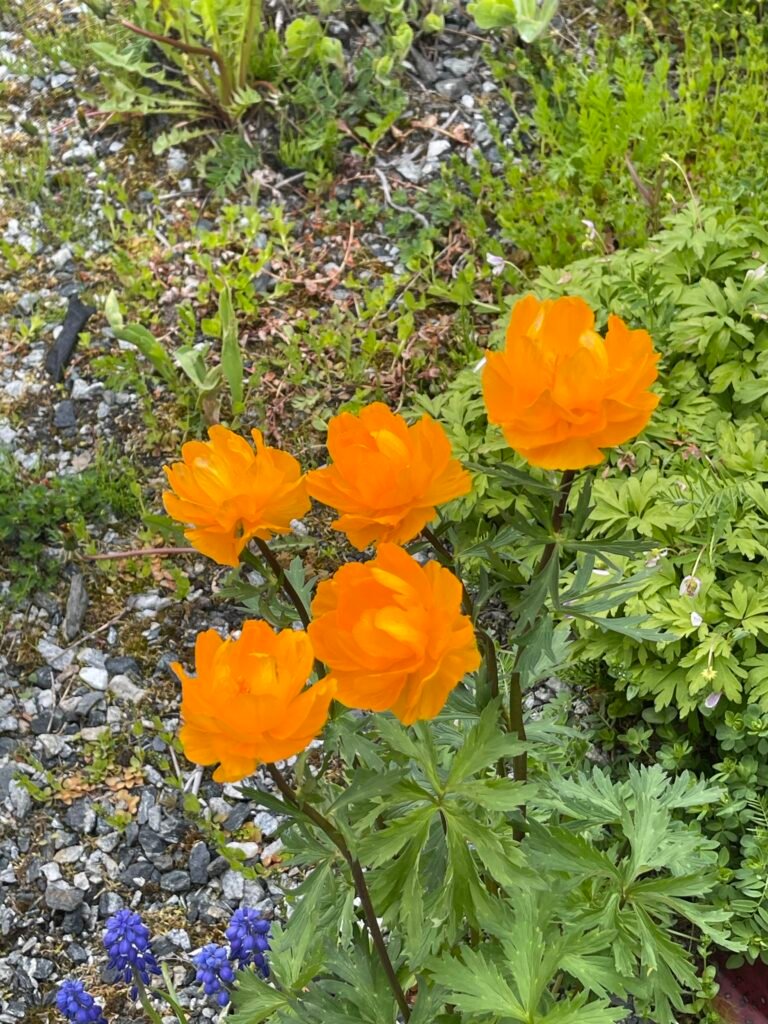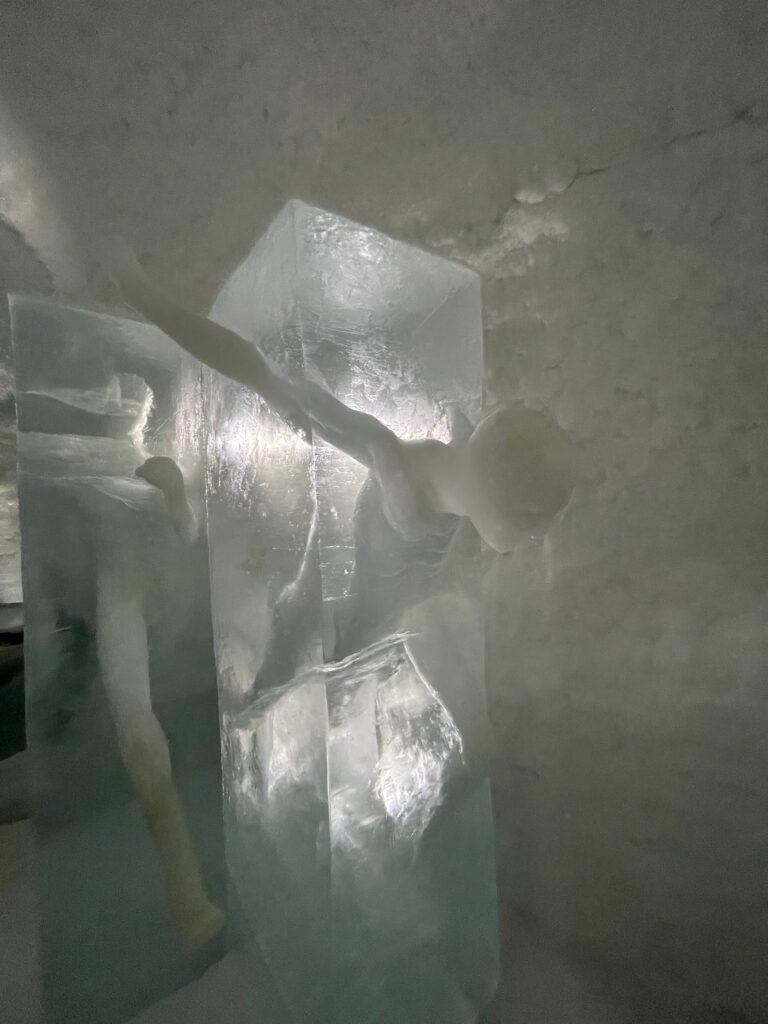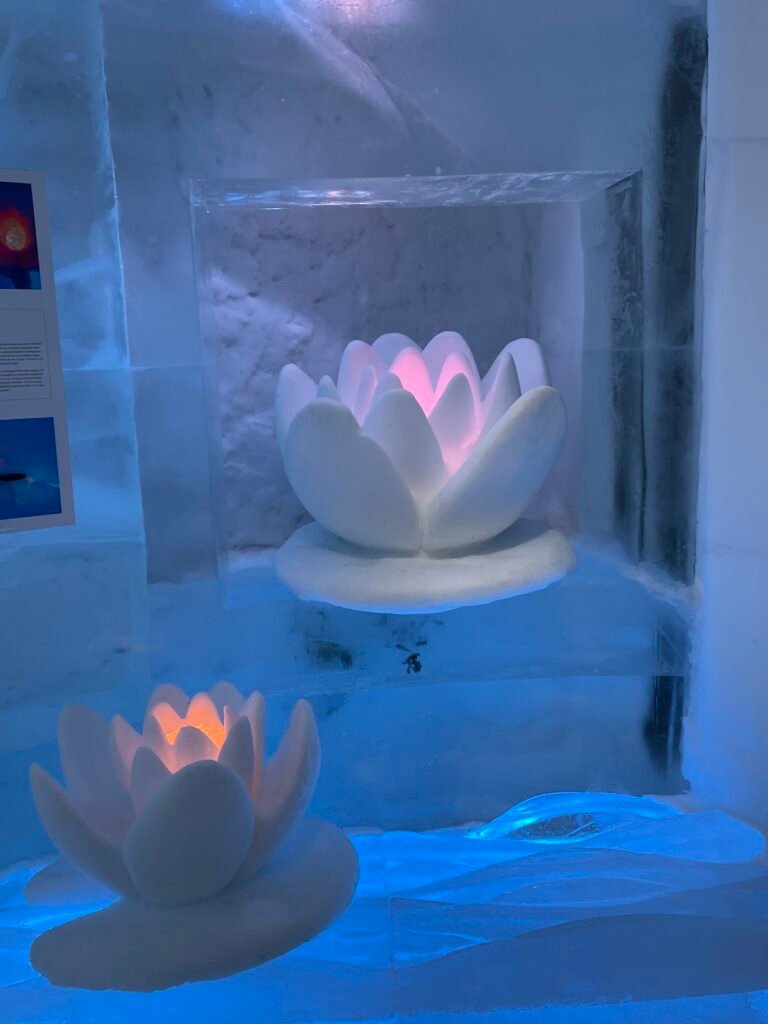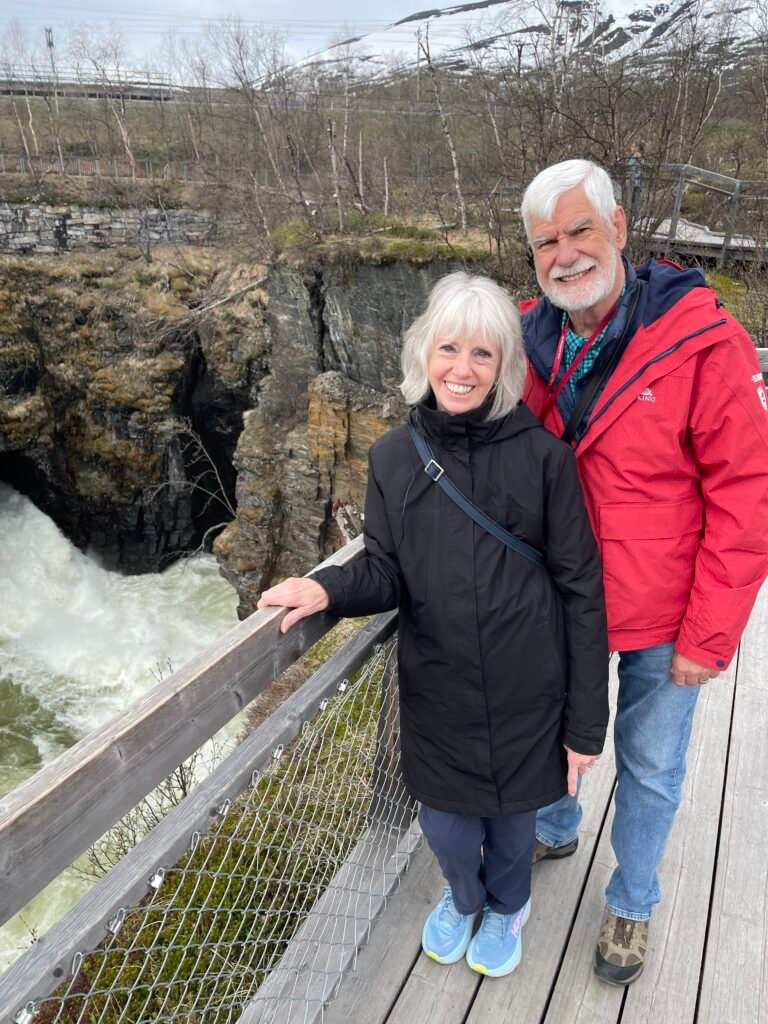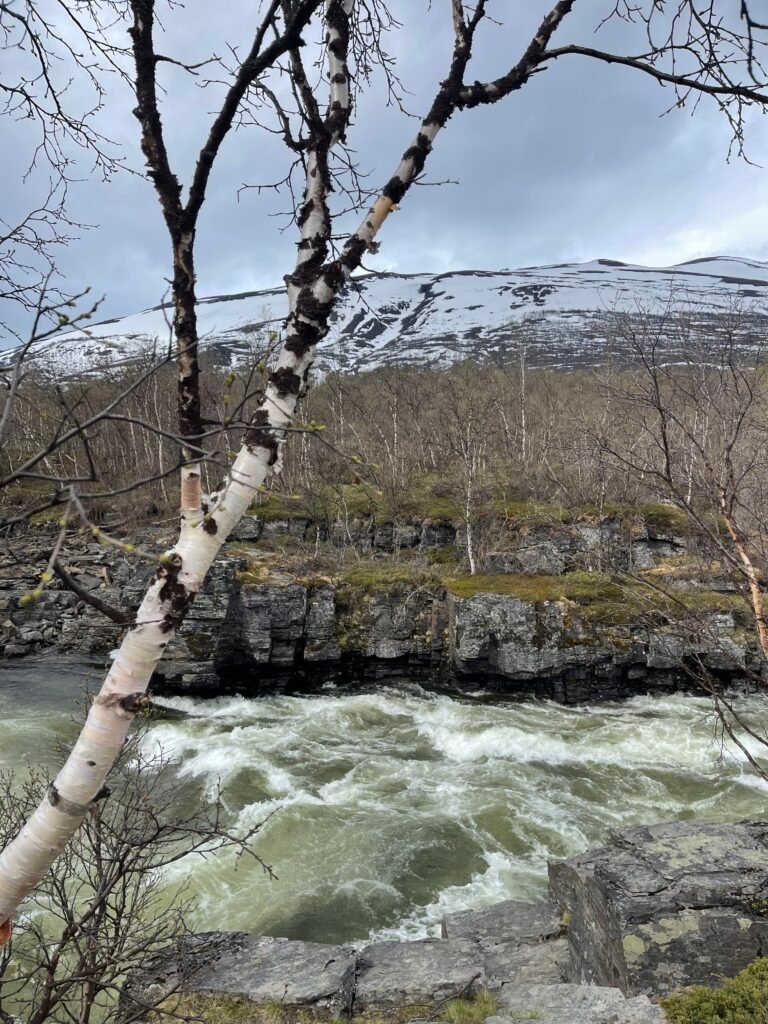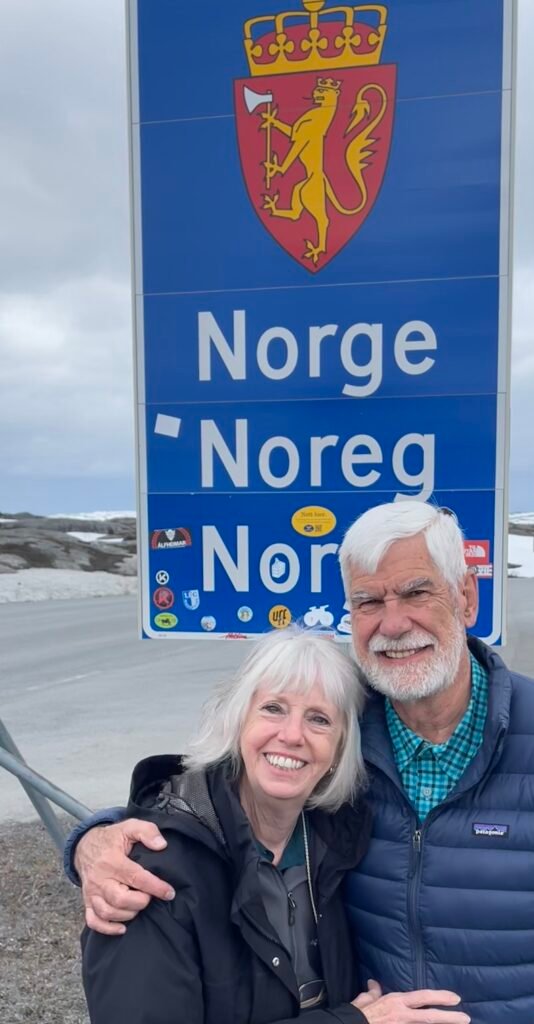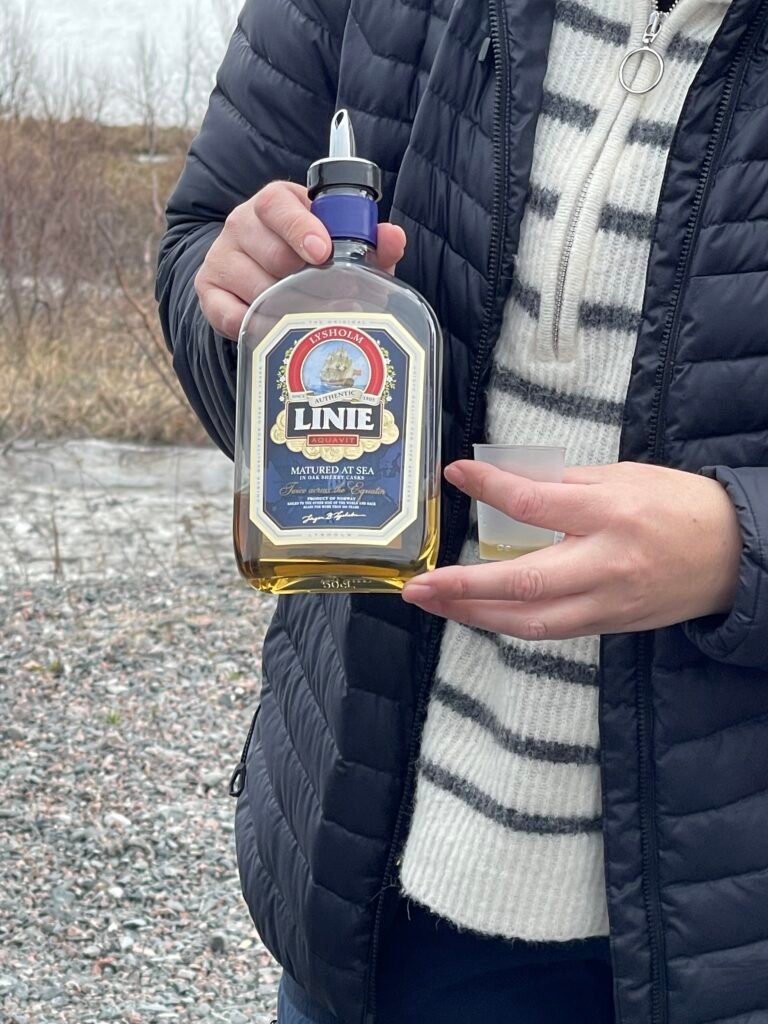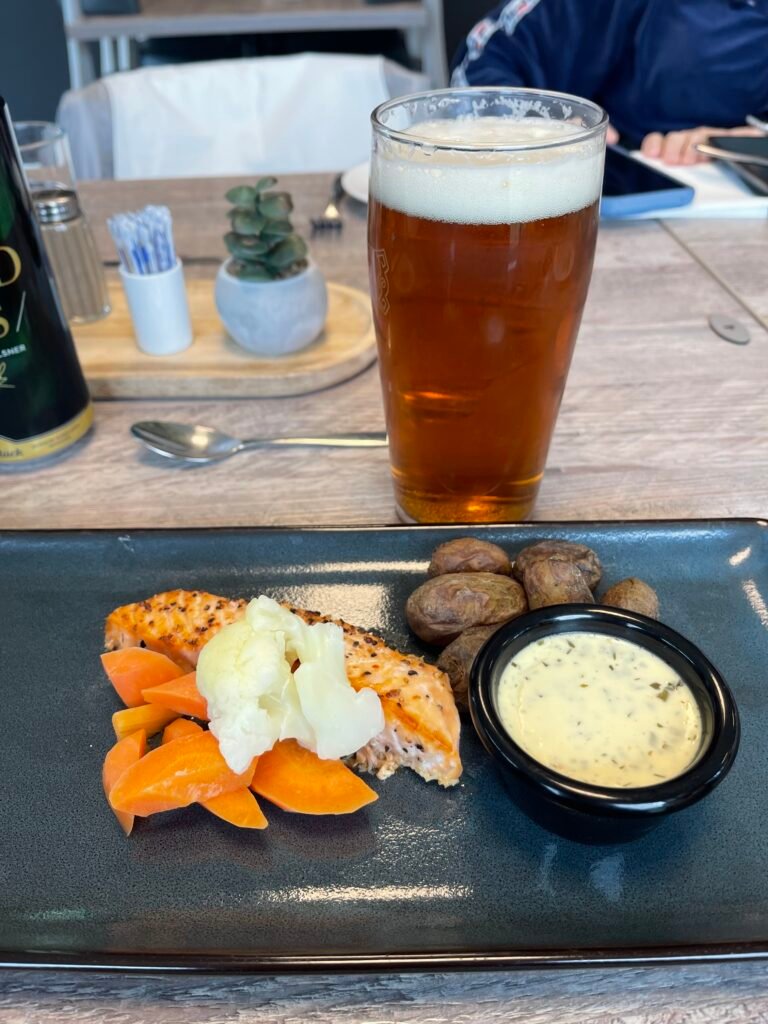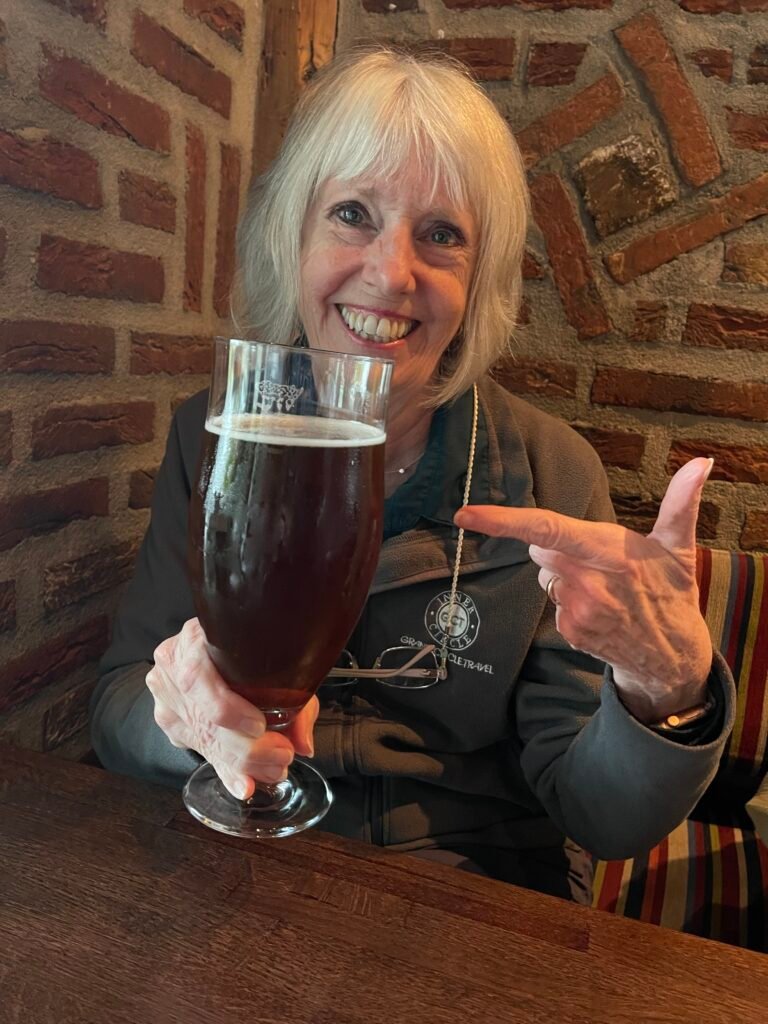Accommodations: Scandic Palace Hotel Copenhagen
The Kingdom of Denmark, including the Faroe Islands and Greenland, has roughly 1,400 islands and Denmark itself is characterized by sandy coasts, low elevation, and a temperate climate.
Denmark remained neutral during WWI, but its neutrality was violated in WWII by the rapid German invasion. It was finally liberated at the end of the war in 1945. In 1973, Denmark, together with Greenland, became a member of what is now the EU, however, it negotiated certain stipulations such as retaining its own currency, the krone. Denmark is also a founding member of NATO.
Denmark has the highest tax rate of the countries in the EU – 55.9%. Danish taxes are put towards an extensive social security network so that every resident is well-provided for at all times of life – services from education right through to retirement.
Denmark is very ecologically aware. Most everyone rides bicycles to and from work, and 4 out of 10 Danes owns a car. Denmark is the leader in wind energy. Wind turbines are a major source of energy and the country is actively working to further expand its wind energy capacity.
Denmark was the first country to allow same-sex couples to enter into partnerships, granting them the same rights as heterosexual married couples and in 2012, same-sex marriage was legalized.
After breakfast, we activated our Copenhagen card that OAT provided for us, which gives us free entry to 80+ attractions as well as free transport in the Copenhagen region! We will have it for the next three days – a great perk!
We then boarded our bus for a discovery ride around Copenhagen, stopping first to see the iconic Little Mermaid statue.
Based on the 1837 fairy tale by Danish author Hans Christian Andersen, the small statue, posing nude on a rock, has been a major tourist attraction since its unveiling in 1913. It has been the target of defacement by political activists and vandals, but it has always been restored.
The sculptor Edvard Eriksen created the bronze statue. The statue’s head was modeled after Ellen Price, a ballerina in the Royal Danish Ballet of 1909, but she refused to pose nude for the statue rendering. Eline Eriksen, the sculptor’s wife, modeled instead.
When I was a little girl, my mom gave me a leather bound, gold trimmed book of Andersen’s fairy tales. As I read each story, I became more and more frightened. The Little Match Girl freezes to death as her last match blows out. Thumbelina, a loathsome mole, and the other unsavory characters that she encounters, had me worrying about monsters in the closets. The Red Shoes that were on a little girl’s feet, wouldn’t stop dancing, so an executioner had to cut off her feet. What???? (And, her red shoes continued to dance away on their own. Yikes!!) The Tinderbox with the three monstrous dogs. And… The Little Mermaid?? Don’t get me started. Suffice it to say, the Disney version has a happier plot. To me as a child, the book was pages of horror! So I decided not to read it again. I ripped the pages out of the book and tore each page into tiny pieces. To say my mother was displeased when she saw the pile of shredded fairy tales is an understatement. I, on the other hand, was relieved that I’d never have to read those fairy tales again. So, seeing the iconic Little Mermaid? Meh! (At least the Brothers Grimm had the courtesy to give a heads up about the scariness of their tales, by using their last name on the covers of their books! LOL!!)
Denmark happens to be a very flat country as I mentioned before, with no mountains to ski on. A Danish architect decided to change that. Bjarke Ingels got the idea to create a man-made mountain for skiing, built on…
Wait for it…
…the roof of a huge incinerator!!! This incinerator burns waste to produce heat and electricity!! An unbelievable innovation and creative use of a building that would otherwise only have one purpose: to burn garbage.
Next we visited Amalienborg Palace and museum. The Amalienborg Museum is located at Christian VIII’s Palace, one of the four palaces where the Royal Family resides when they are in Copenhagen. The Royal family were not in residence today. We witnessed the changing of the guard in the palace square and then we toured the museum. The museum houses the Royal family’s historic offices. We also saw the Gala Hall which is still used by the royal family on special occasions.
After the tour, we took a leisurely hour-long canal boat ride to see the beautiful sites of Copenhagen. It was such a sunny, warm day, and the ride was absolutely wonderful.
After the canal boat ride, we had lunch at Nyhavn Færgekro and enjoyed Danish smørrebrød! We all were given plates filled with roast beef, cheese, herring, shrimp, and salmon, as well as some delicious spreads. The bread was placed on the table and we were able to make our sandwiches. I enjoyed everything except the herring. Very fishy! Yuck! But I did have wine as well as a small shot of some liquor that was very potent! Wowser!!!
Perhaps it’s because it’s a weekend, but Copenhagen is very crowded. There are hoards of people walking the streets and it’s hard to get around. Allan may be starting with a head cold, so we decided to forego any more touring and just went back to the hotel for a nap. We weren’t hungry for dinner so we read some and then it was off to bed.
Lots of fun things are scheduled for tomorrow.

The Little Mermaid
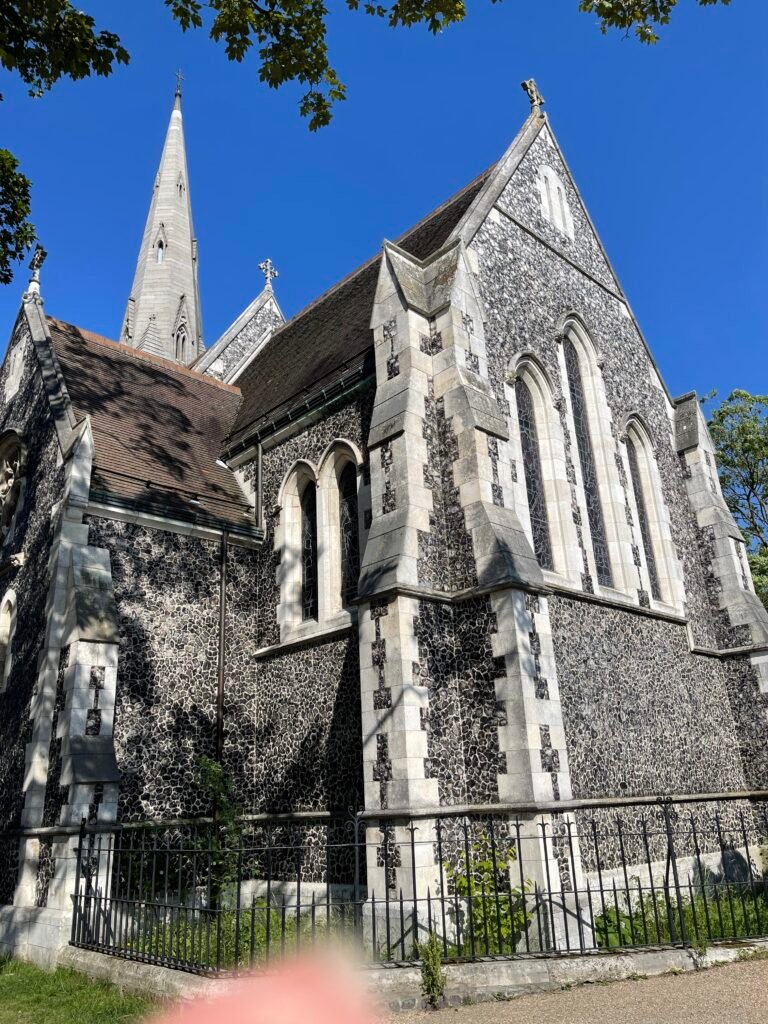
St Alban’s Church
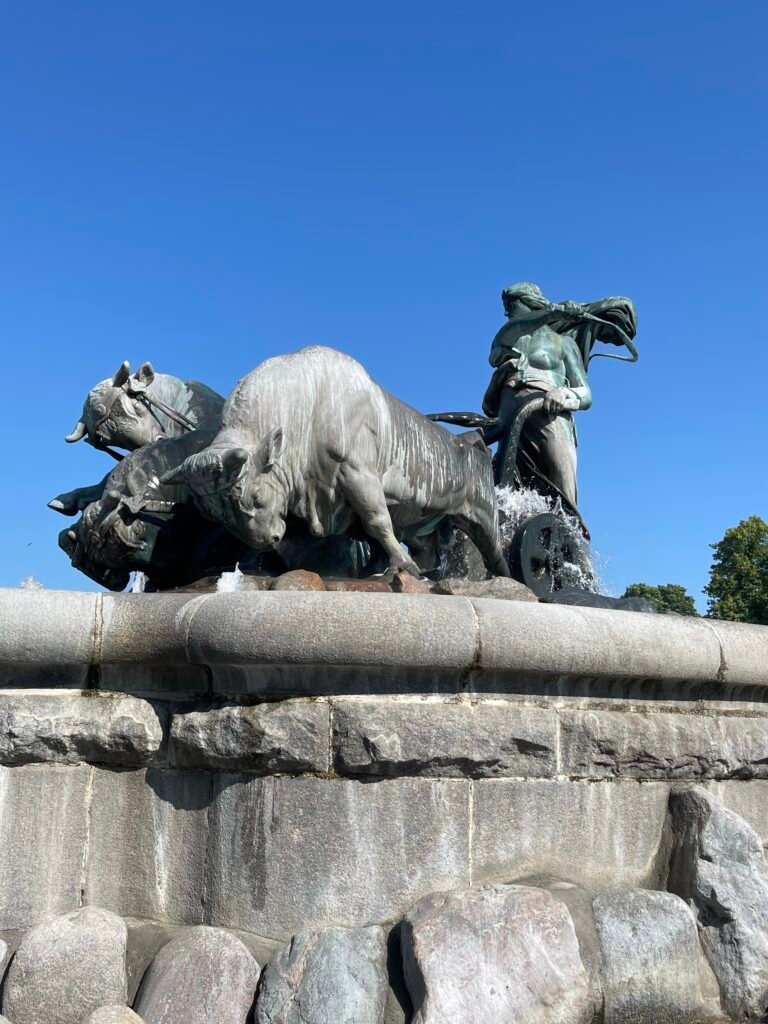
Gefion Fountain, depicting the Norse goddess Gefion transforming her four sons into powerful oxen. She uses them to plow the island of Zealand out of Sweden, according to the legend. (Transforming her sons into bulls? This mom could have starred in one of good old Han’s fairy tales!)
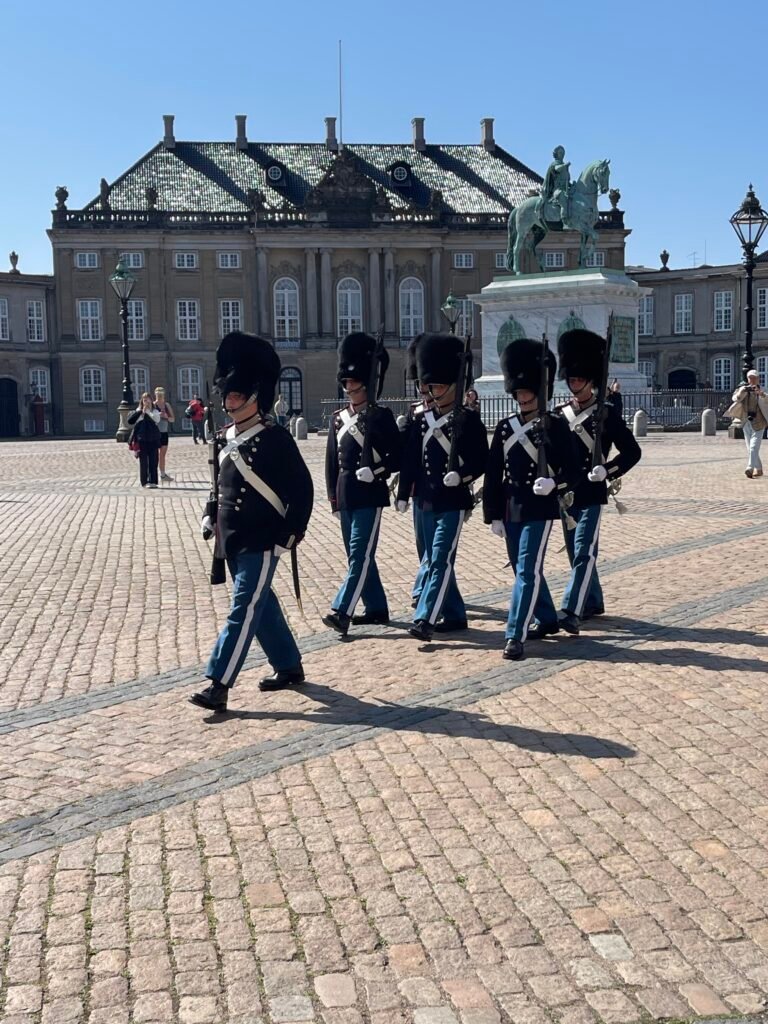
Changing of the guard
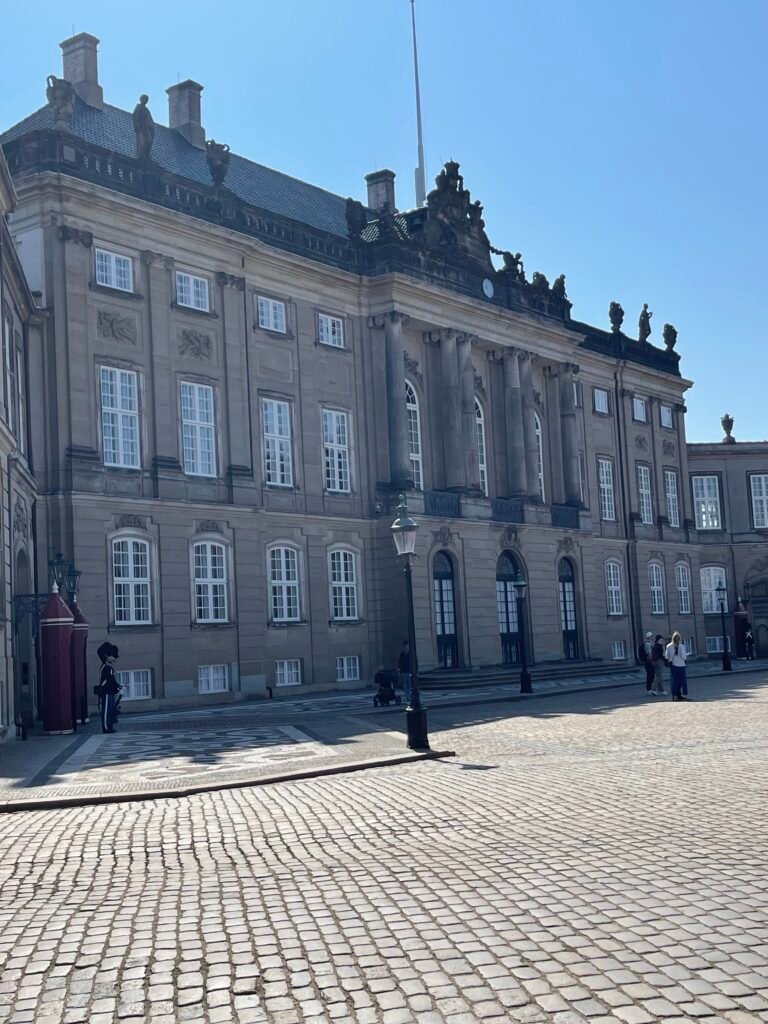
The Royal palace
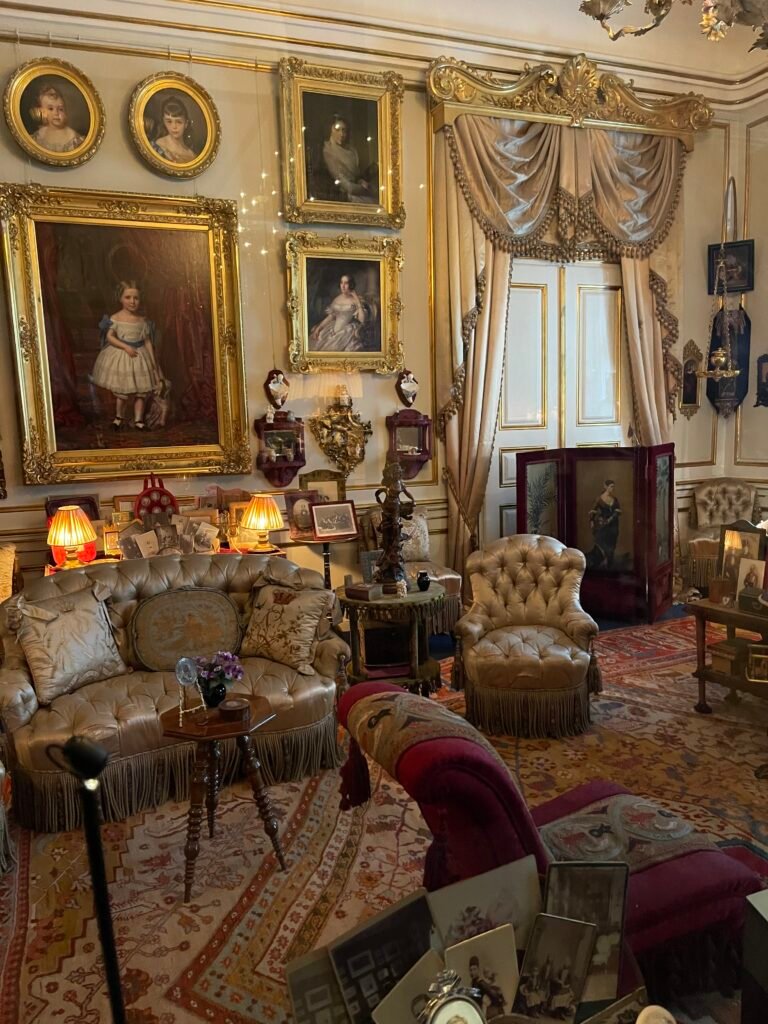
One of the offices in the museum
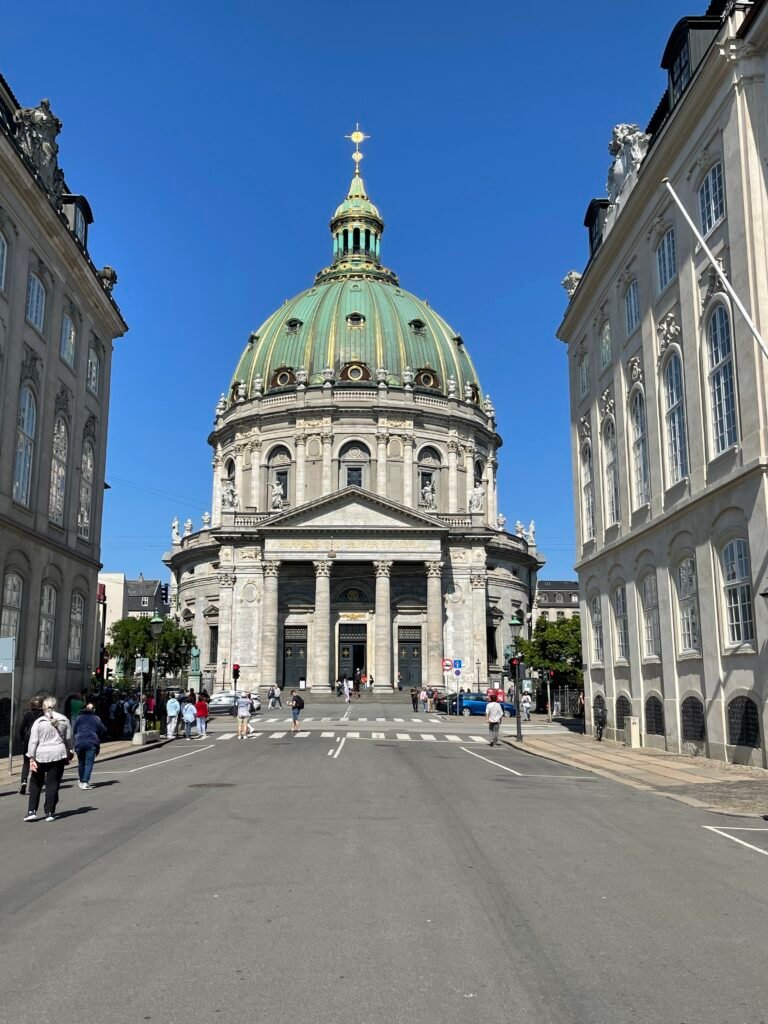
Frederik’s Church, commonly known as The Marble Church, is renown for its rococo architecture.
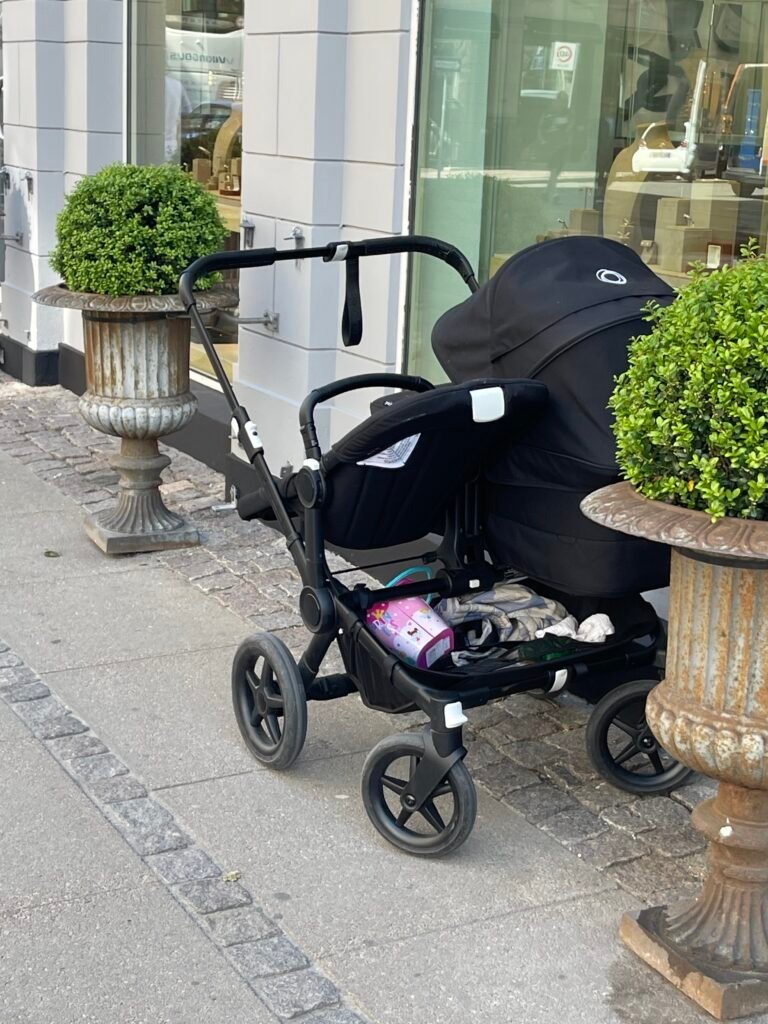
Believe it or not, people leave their sleeping babies outside while they go in and either eat or shop. Kidnapping is unheard of and the Danes believe children are healthiest when outside, even in the freezing cold. Today was a warm day, and this little one was sound asleep.
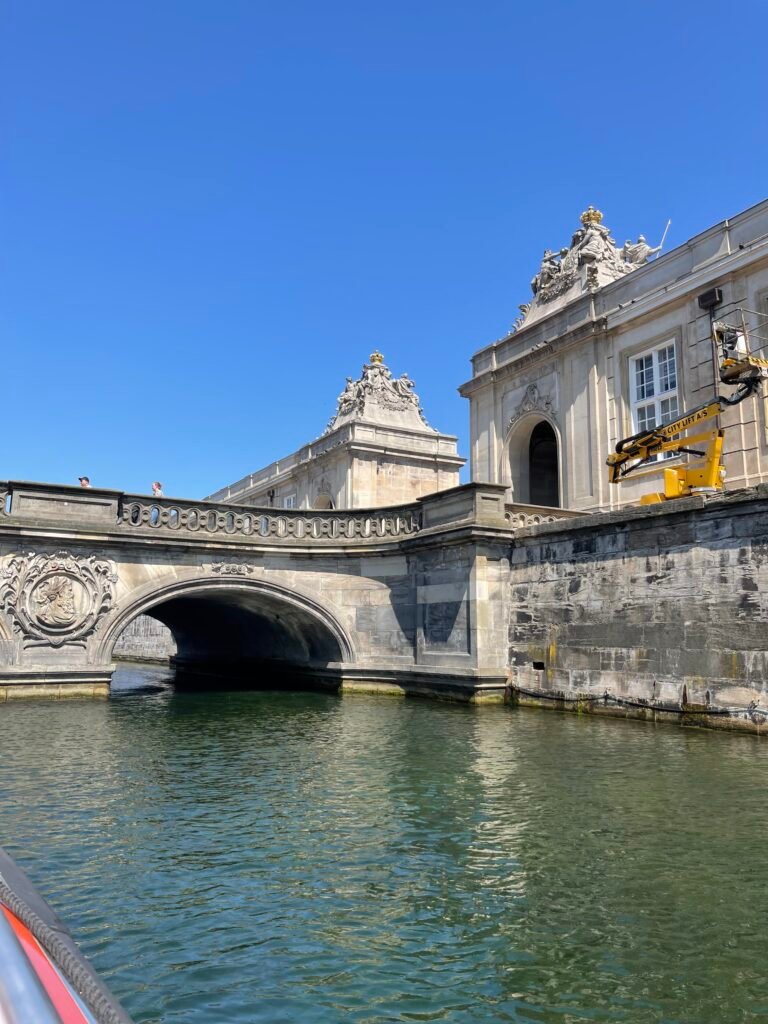
The canal boat ride.
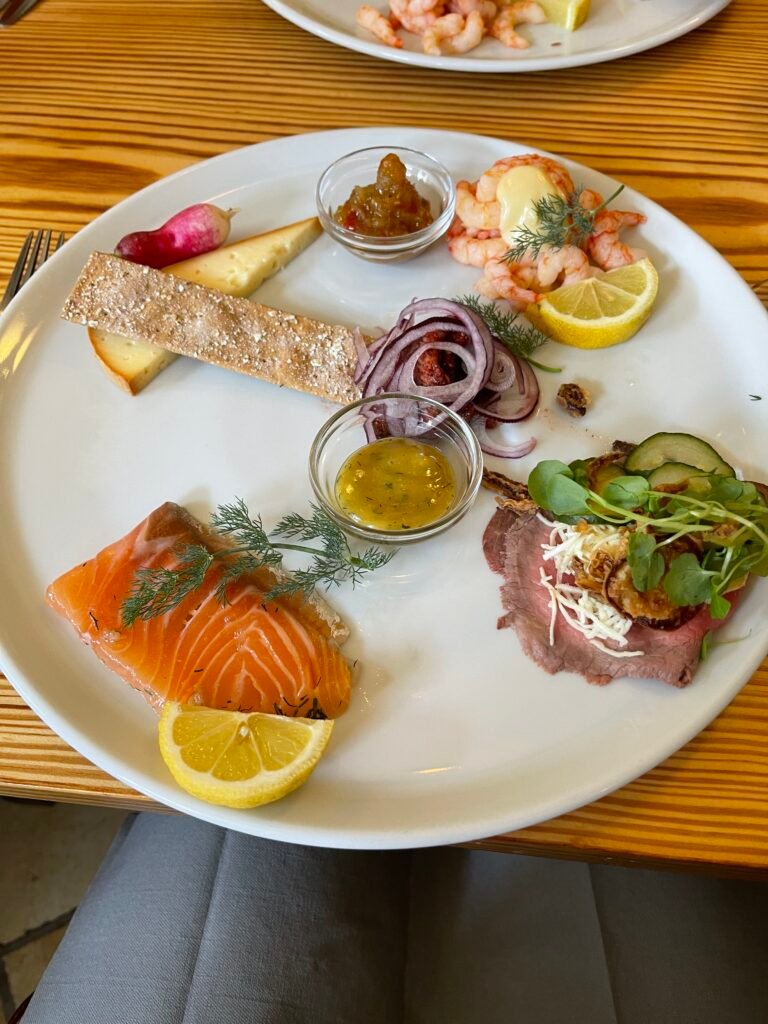
Our lunch.
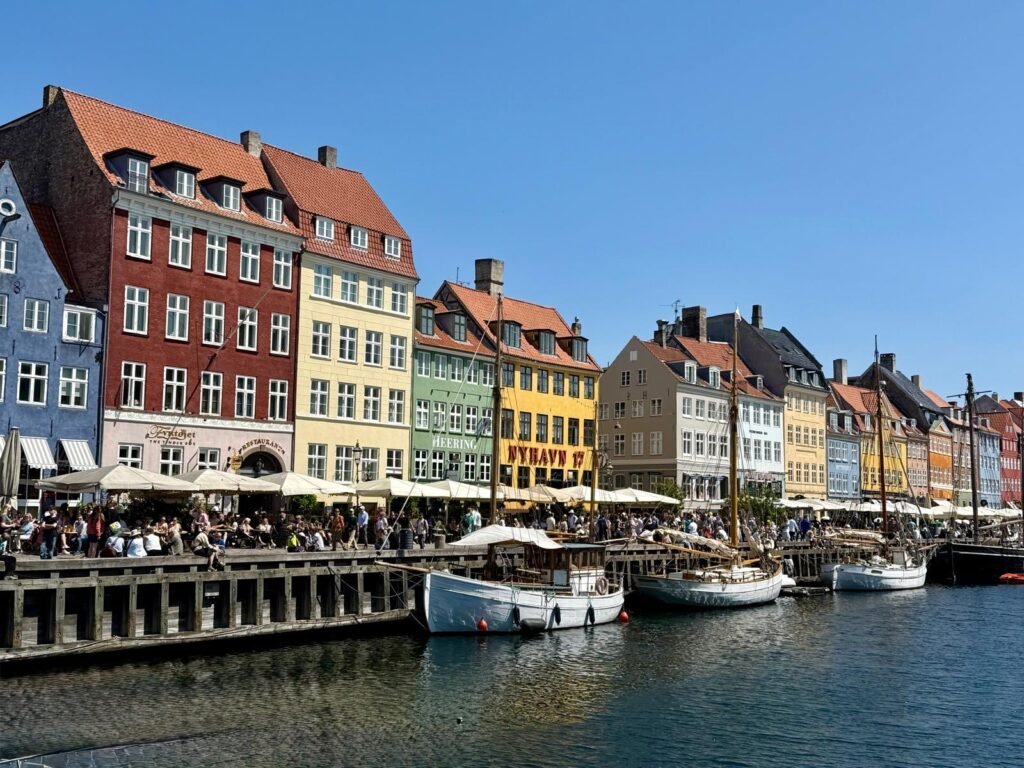
“Wonderful, wonderful, Copenhagen”, so the lyrics of the song go, however, ‘Copenhagen’ is pronounced incorrectly in the song sung by Danny Kaye in the movie Hans Christian Andersen. It actually should be pronounced “kow·puhn·hay·gn” and not ”cow-pen-hah-gen”. Danny Kaye pronounced it in the movie with a German-influenced accent.

